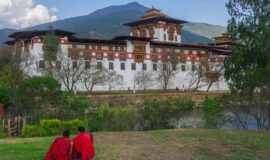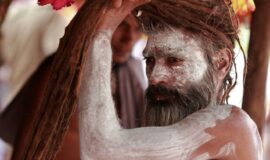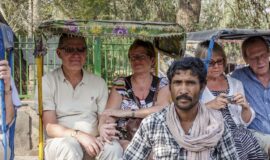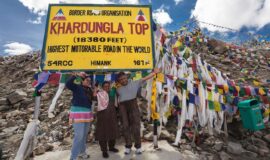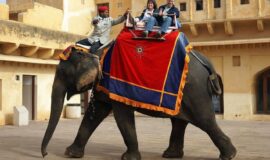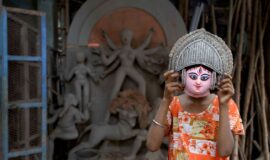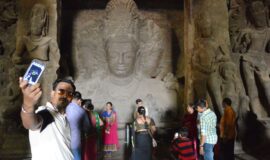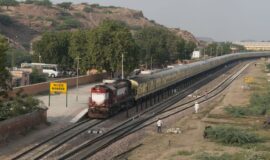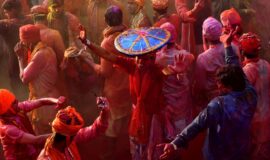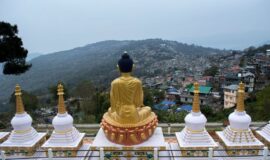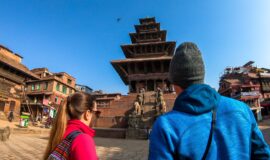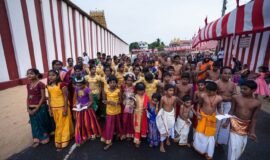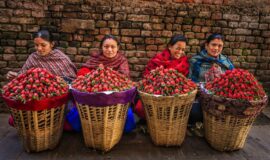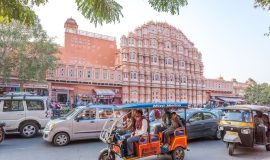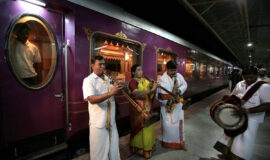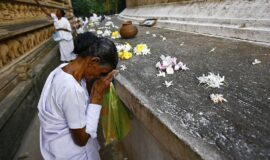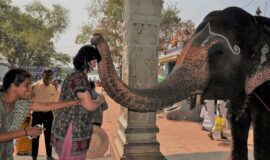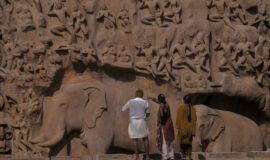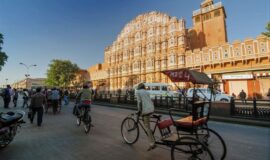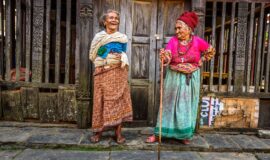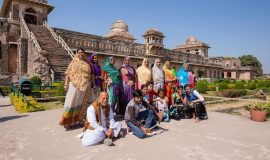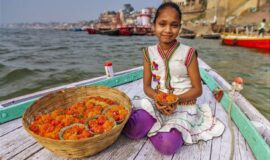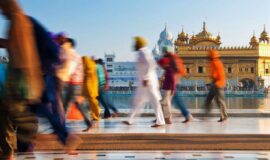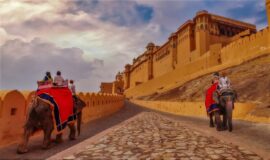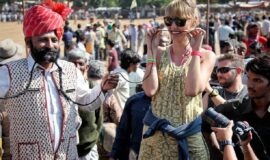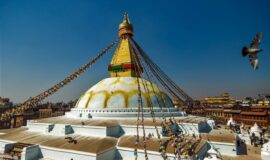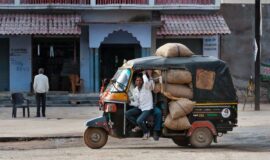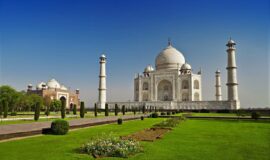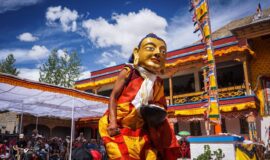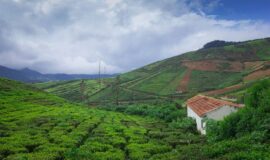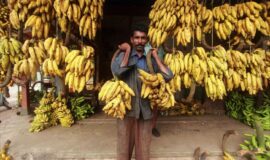Essential Travel Guide to Orchha
Orchha – Where Ancient Monuments Whisper
Orchha – An Impenetrable Bastion
Orchha’s Mythical Betwa River
Orchha’s Ancient History
The Rulers Who Determined Orchha’s Destiny
The Legacy of Bir Singh Deo
Orchha – Noble State of Old
Explore Orchha: What Not to Miss in Orchha
Pictures of Orchha to Lure and Seduce You
How to Reach Orchha
Where to stay in Orchha
Orchha – Where Ancient Monuments Whisper
Many of Orchha’s temples and palaces are still in pristine condition, notwithstanding their age; most of them were constructed during the 1700s and 1800s. Rudra Pratap, ruler of the Bundela Rajput, as well as successive emperors all contributed to the splendor of Orchha. However, it was Rudra Pratap who picked this site on the banks of the River Betwa to become his capital.
Orchha in Madhya Pradesh was established in 1531 by Rudra Pratap, king of the Bundela and lies only ten miles from Jhansi in the state Uttar Pradesh. The dwellers of magical Orchha city have an interesting explanation for the name of nearby Jhansi; it is derived from ‘jhain-si’ meaning ‘shadow-like’, the words which a former king used to describe it. Today Orchha lies amongst shrubs and low bush, but three centuries ago a thick jungle surrounded it, making it almost impenetrable against Mughal invasions. This made up for the fact that it was not typically situated on a hilltop but rather in a depression in the bend of the river.
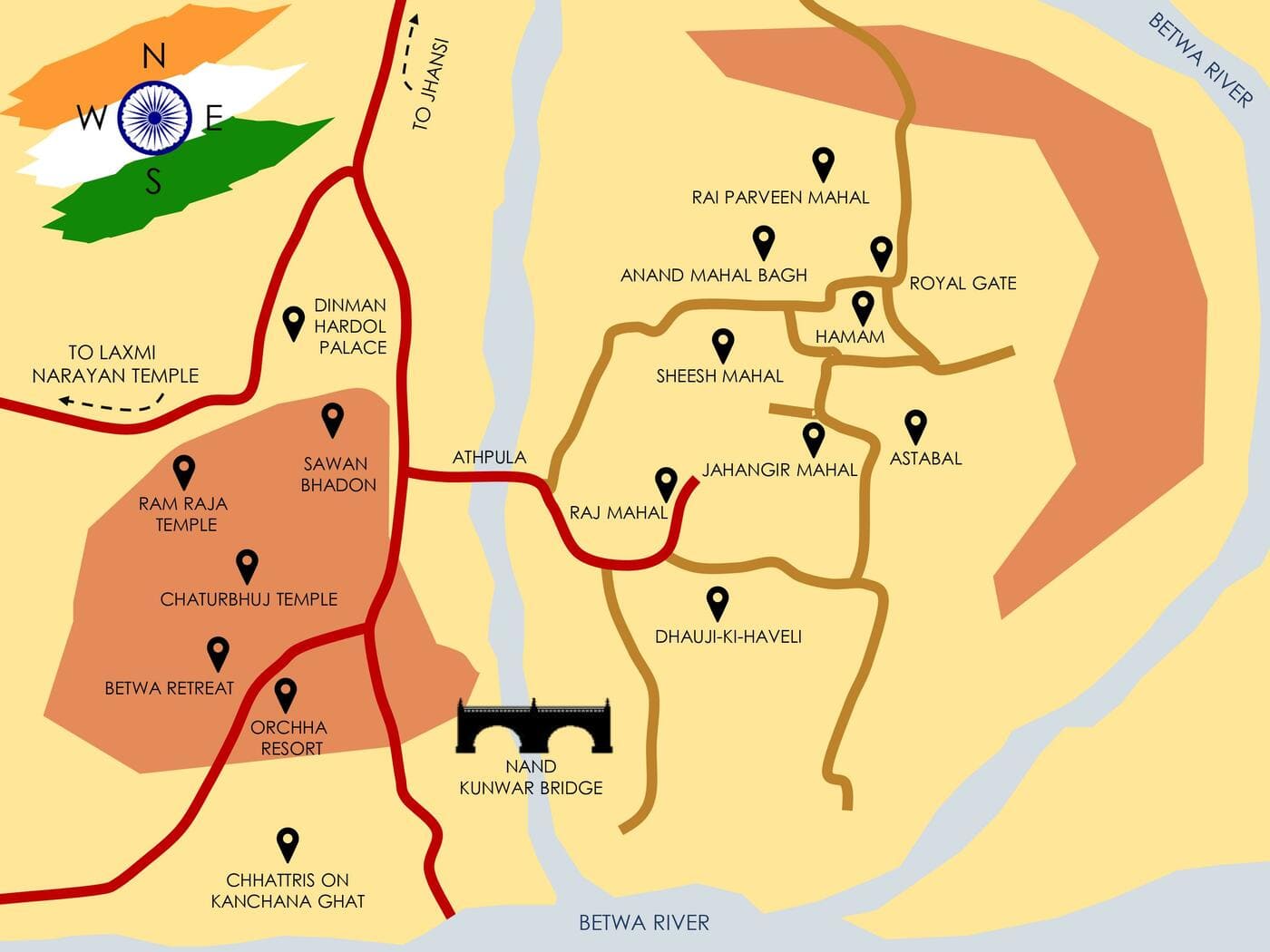
Orchha Map and monuments and temples layout
Orchha attracts many visitors who marvel at its splendid buildings. The finest amongst these was built by Bir Singh Deo. Many other sites of historical interest can be visited in the area, for example, Gwalior, 74 miles away, and Shivpuri, Khajuraho, and Chanderi. The 45-minute ride by road from Jhansi is worth the while; it wanders through lively villages and through huge green fields.
Entry into the town is through the old royal arched gate, and a little further on, to the left the multi-arched bridge takes the visitor to a quadrangular courtyard, surrounded by enormous palaces built for the Orchha kings. These include the Raja Mandir, Sheesh Mahal, and Jahangir Palace. The fort complex consists of numerous buildings; the Chaturbhuj and pearly Ram Raja Temples, the palaces of Jhujjar Singh and Dinman Hardol, and Sawan Bhadon, Lakshminarayan and Palki Mahal Temples. Phool Bagh is an elegant planned garden with water fountains. A structure underneath the garden served as a retreat for the royals during the heat of summer. The garden leads to a pavilion with eight pillars. On the riverbank are the imposing chhatris, cenotaphs to various rulers.
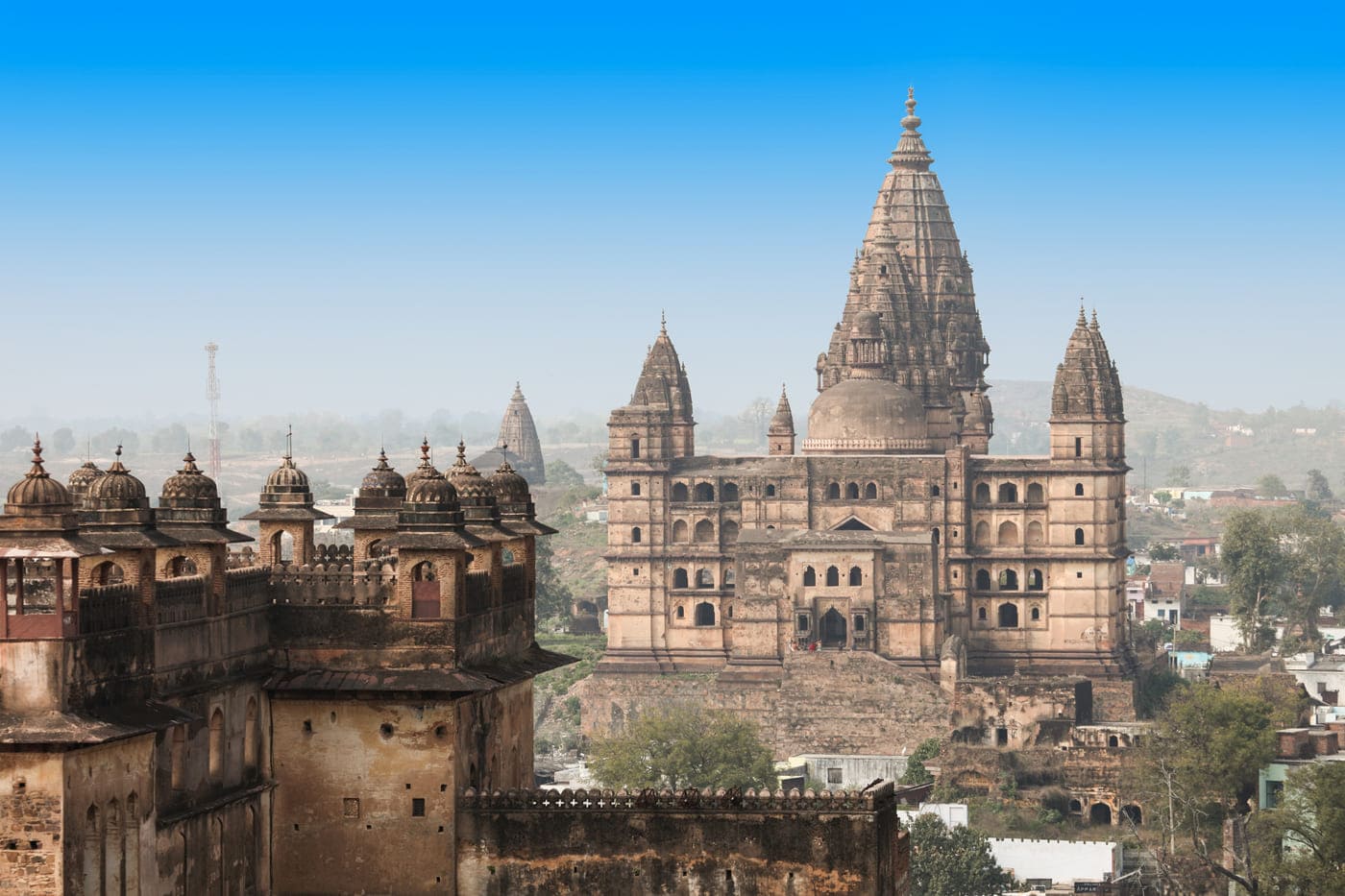
The towering steeples of Chaturbhuj Temple as seen from Jahangir Mahal, Orchha © saiko3p
The town is an interesting mixture of peaceful rural existence with goats and cows roaming around, and the hustle and bustle of tourists hurrying from one magnificent palace to the next. Local residents go on with their tranquil everyday lives in the shadows of history remarkably preserved in these magnificent buildings, all within a one-mile radius. All while the Betwa flows gently past, bearing witness through the years.
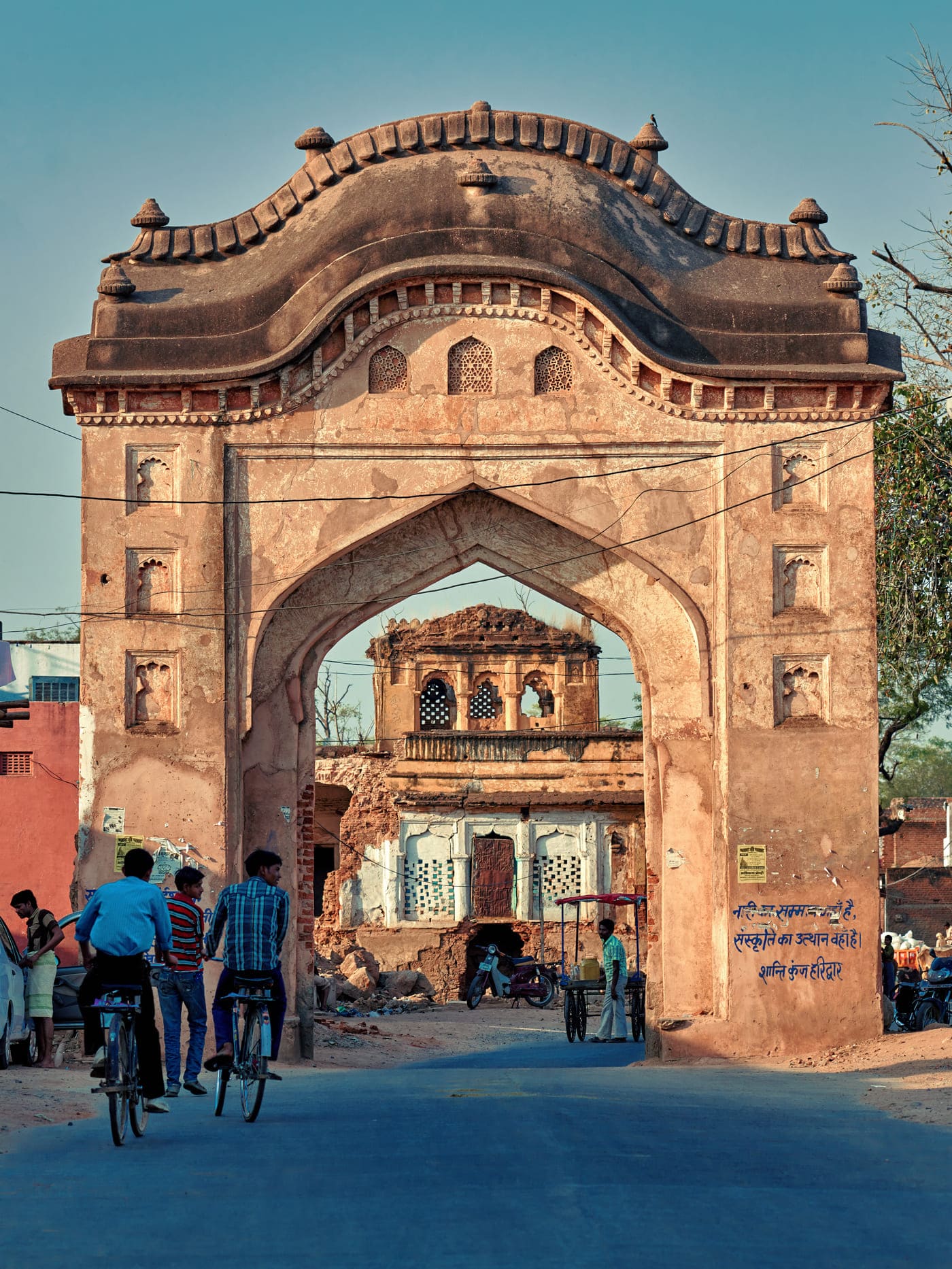
The entrance into Orchha goes through the royal gateway called Ganesh Dwar or shahi Darwaza. Orchha, known in days of old as Osseen, seen from River Betwa, was previously the capital of the State of Orchha © Vasily Gureev
Orchha – An Impenetrable Bastion
There are at least two explanations for the origin of the town’s name. Some say that the name itself means ‘hidden’, true to the nature of this land which seems to be veiled in mystery. According to others, a Rajput commander cried out ‘onche’ when he first laid eyes on the land. This means ‘it is low lying or far enough’. In volume twelve of the Imperial Gazette, it tells just how impregnable Orchha once was; even the Mughals with their military powers were deterred by the dense forest, Betwa River, and rugged mountains.
Keshavdas Mishra, Sanskrit scholar and great litterateur of the Orchha court wrote that Orchha was surrounded by the Tumgaranya forest for thirty kos. It was dense like Lord Shiva’s knotted hair. Beyond the forest is an impenetrable jungle, from Tumbavana to Madhuvan and Chanderi across River Madhumati to present-day Datia.
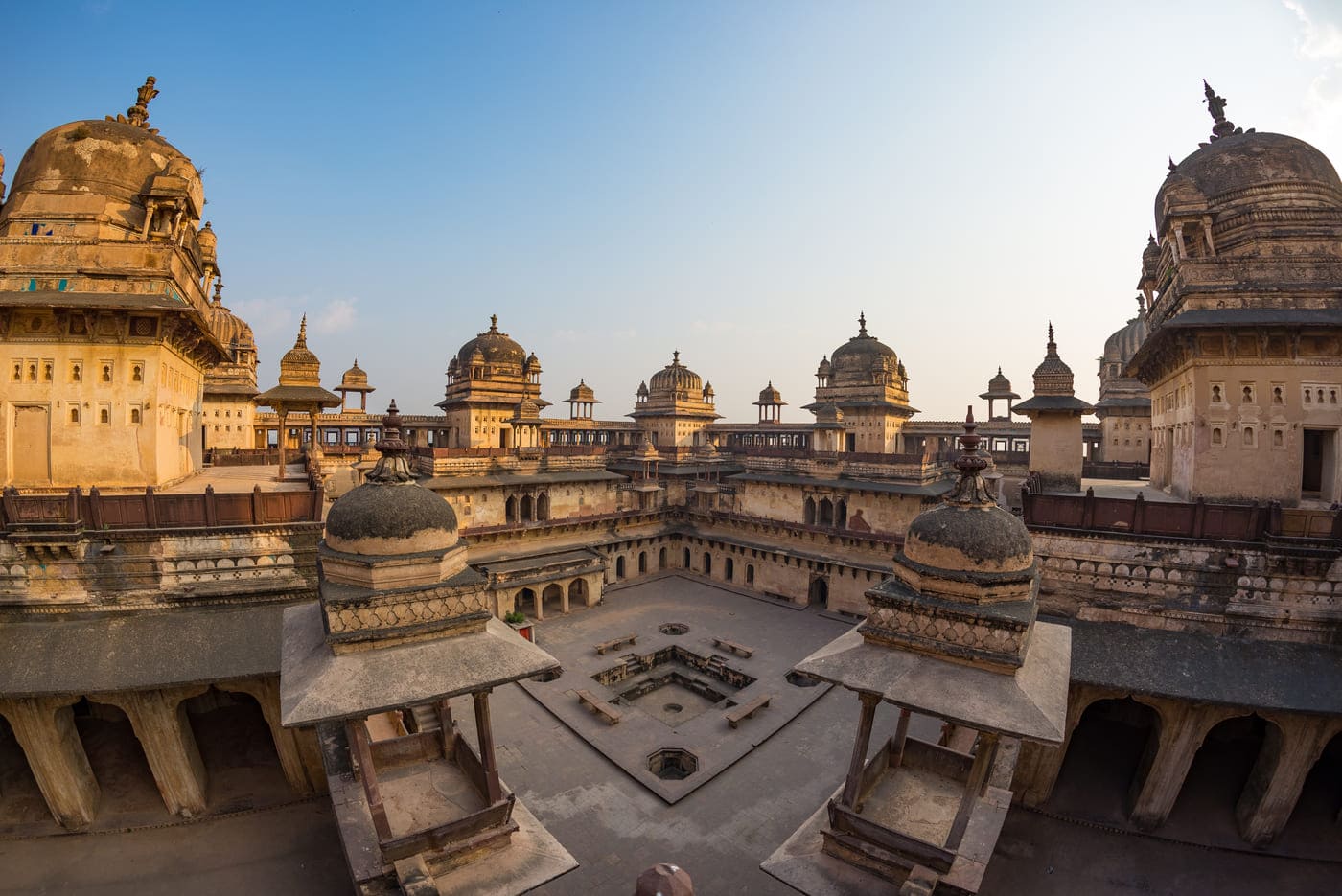
The magnificent Jahangir Mahal with its stone carvings, domes, turrets and central courtyard, Orchha © Fabio Lamanna
Orchha’s Mythical Betwa River
In olden times the Betwa was called Vetravati. It originates in the village of Vaiton, near Bhopal in the Raisen district and this explains its name, according to some. From Vaiton it continues through the state of Madhya Pradesh, flows past sleepy Orchha town to converge with the Yamuna River in Hamirpur, Uttar Pradesh. In a doha or rhyming couplet, Keshavdas compared the river to the mythical Sarayu. In it he says that the seven arms of the river join together at Orchha similar to the 9 palaces belonging to Bir Singh Deo’s sons join around Ram Raja, sitting in their flower gardens.
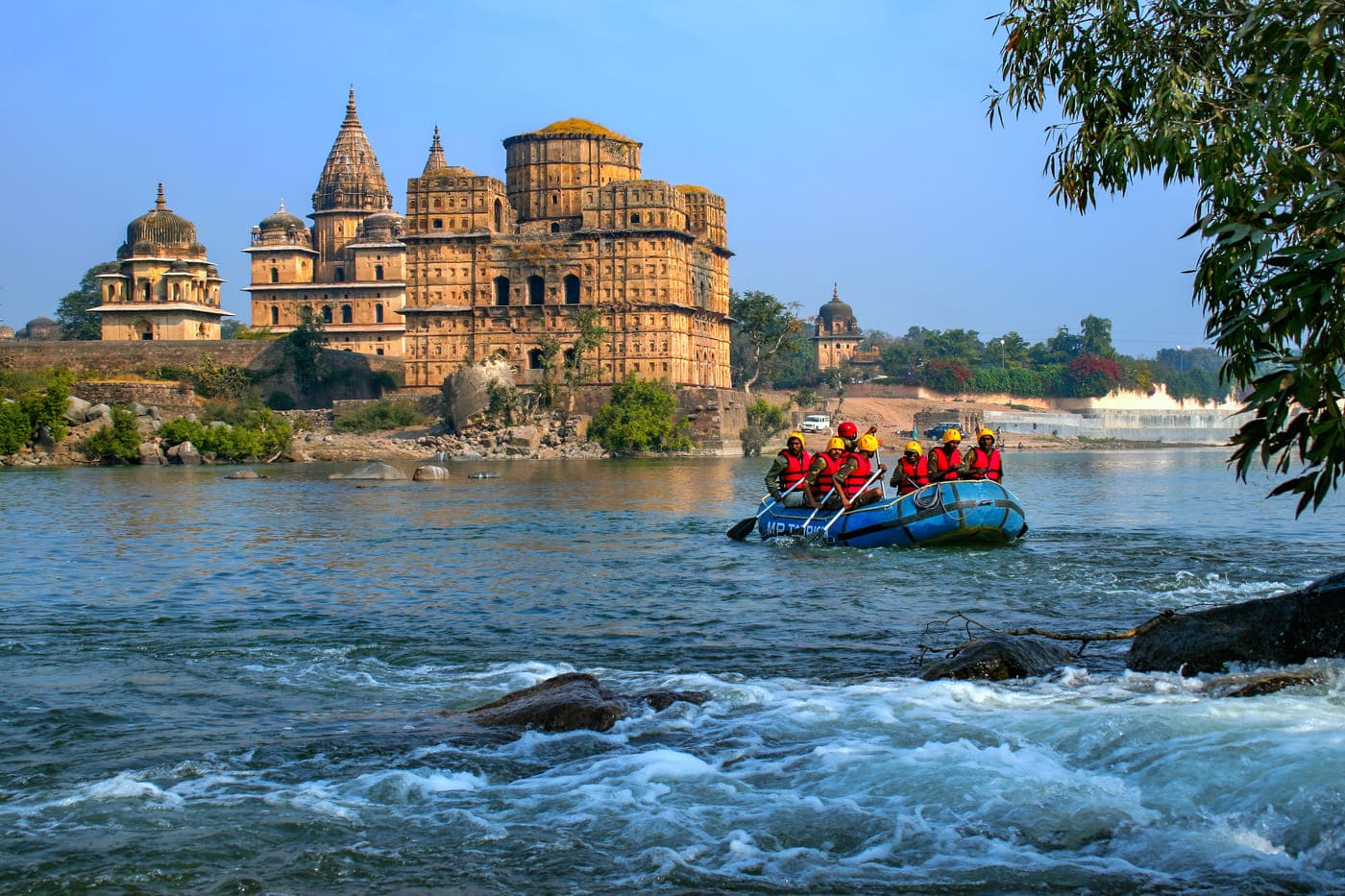
A group of tourists enjoying water rafting on the rapids of the Betwa river and the amazing sights of Orchha from a different angle © ImagesofIndia
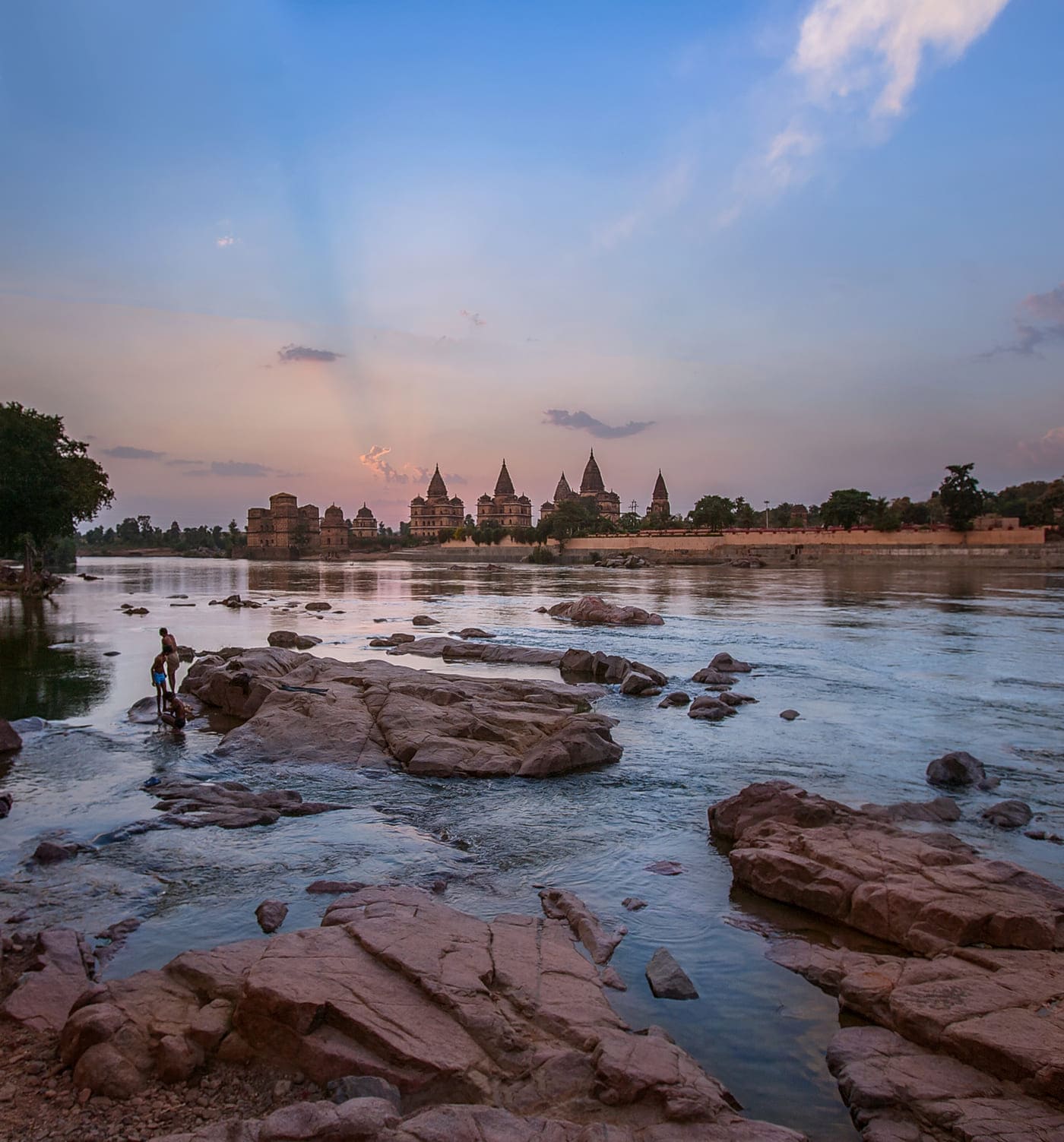
Sunrise at the Bundela kings’ cenotaphs (chhatris) near the Betwa River, Orchha © Steve Allen
Orchha’s Ancient History
Raja Rudra Pratap recognized the strategic benefits of establishing his new kingdom at Orchha. For many years, between 1531 and 1783 it was the capital city of the whole of Bundelkhand which included Jhansi, Khajuraho, Datia, Sagar, Lalitpur, Orai, Damoh, Banda, Mahoba, Chhatarpur and Narsinghpur. The cultural influence of Orchha stretched as far as Jabalpur, Gwalior, and Bhopal. Hiuen Tsiang, a seventh-century pilgrim describes Bundelkhand in vivid details and calls it Jejakabhukti, the name it was known as from the 10th to the 16th centuries, during the time of the Chandela Dynasty which lasted between the 10th and 16th centuries.
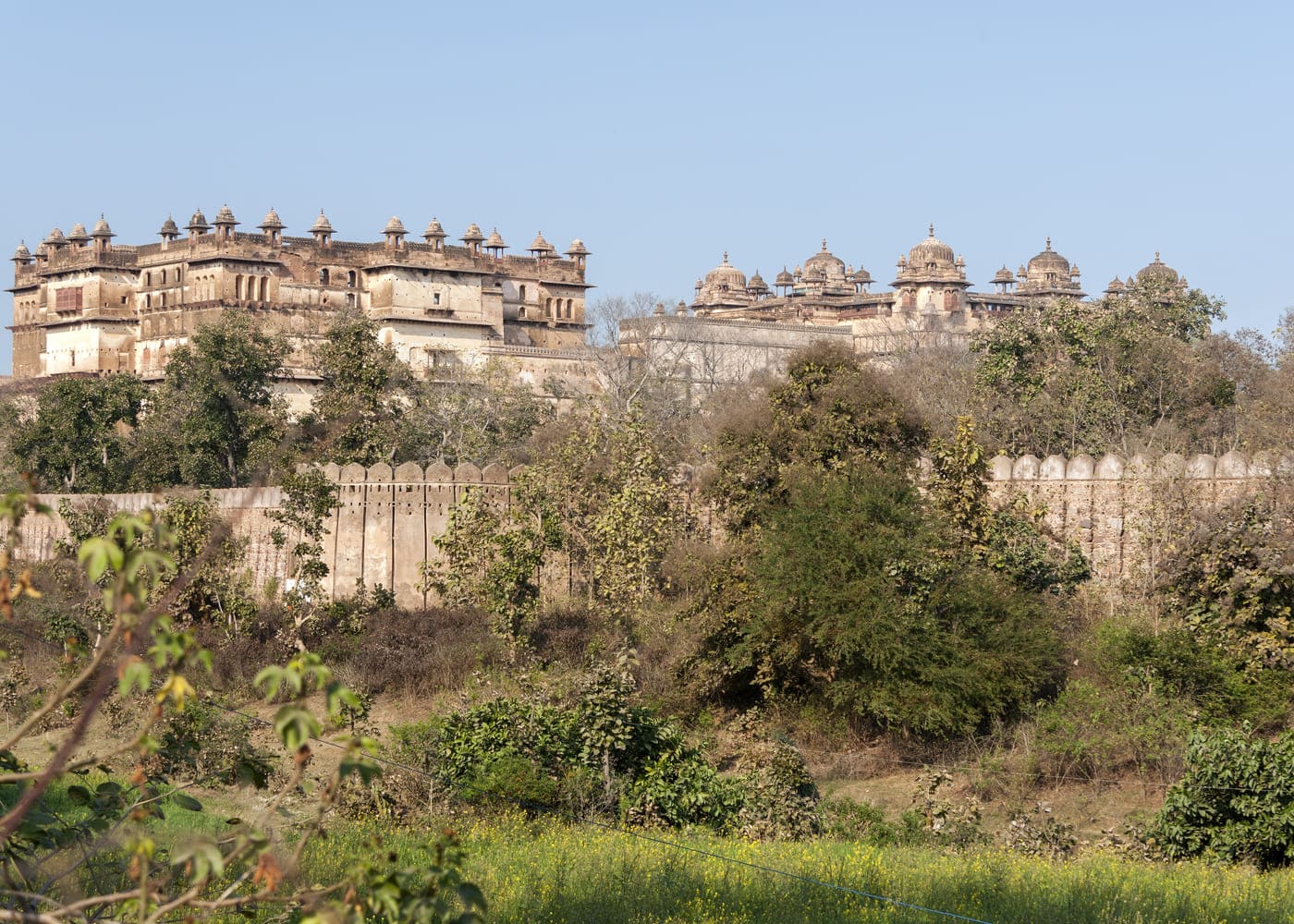
A side view of Raja Mahal and Jehangir Palace, built by Bundela Rajputs, located within the Orchha Fort Complex © Claudine Van Massenhove
There are different explanations for the origin of the Bundela’s name. One legend has it that, after his brothers expelled him from his empire, Hemkaran, Gaharwar ruler of Benaras decided to pray to the goddess Vindhyavasini. His sacrifice to her was 5 human heads. This pleased the deity and she bestowed the title Pancham Vindhyela on him, where pancham means ‘the fifth’ and vindhyela ‘knowledge’. It is believed that the name Bundela is a distortion of Vindhyela.
The second explanation also involves Hemkaran. According to this version he tried to offer himself as a sacrifice and slashed his own throat with his sword. Bundela refers to his blood or bund that flowed down his throat.
The Bundelas were the fiercest Rajput warrior race of the time and like the others placed great value on virtues like loyalty, weaponry, like astra (weapons) and the sacred texts or shastra.
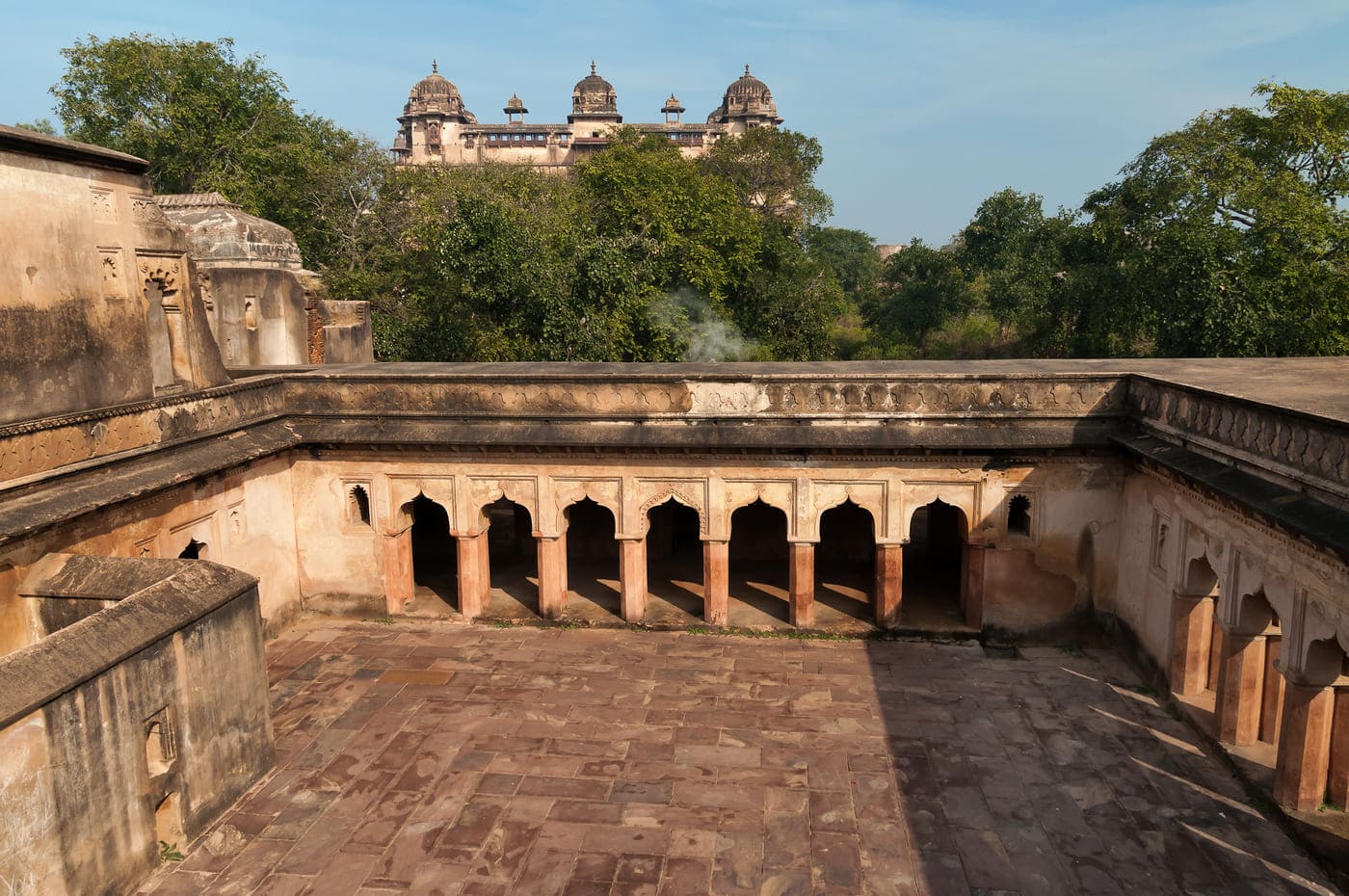
View of the courtyard of Dauji Ki Kothi, a noble mansion located within the fort complex in Orchha © Elena Odareeva
The Rulers Who Determined Orchha’s Destiny
• Rudra Pratap Singh, founder and first king of Orchha ruled from 1501 to 1531 and built the fort.
• Bharti Chand, son of Rudra Pratap ruled from 1531 to 1554 but died without leaving a son and heir.
• Madhukar Shah, younger brother of Bharti Chand, succeeded him. During his and his elder brother’s rule the kingdom suffered many attacks from the Afghan Islam Shah Suri and the Mughal Akbar. He reigned from 1554 until 1592.
• Ram Shah ruled from 1592 to 1604.
• Due to internal strife between the different clans, Madhukar was forced to declare Orchha a tributary state of the Mughal Empire. The emperor Jahangir appointed Bir Singh Deo, his vassal as the ruler of Orchha from 1604 to 1627.
• Jhujjar Singh rebelled against the occupation of Orchha by Shah Jahan and was eventually installed on the throne to reign from 1627 until 1635.
• Indramani Singh was the 10th Raja of Orchha and was a ruler from 1672 until 1675.
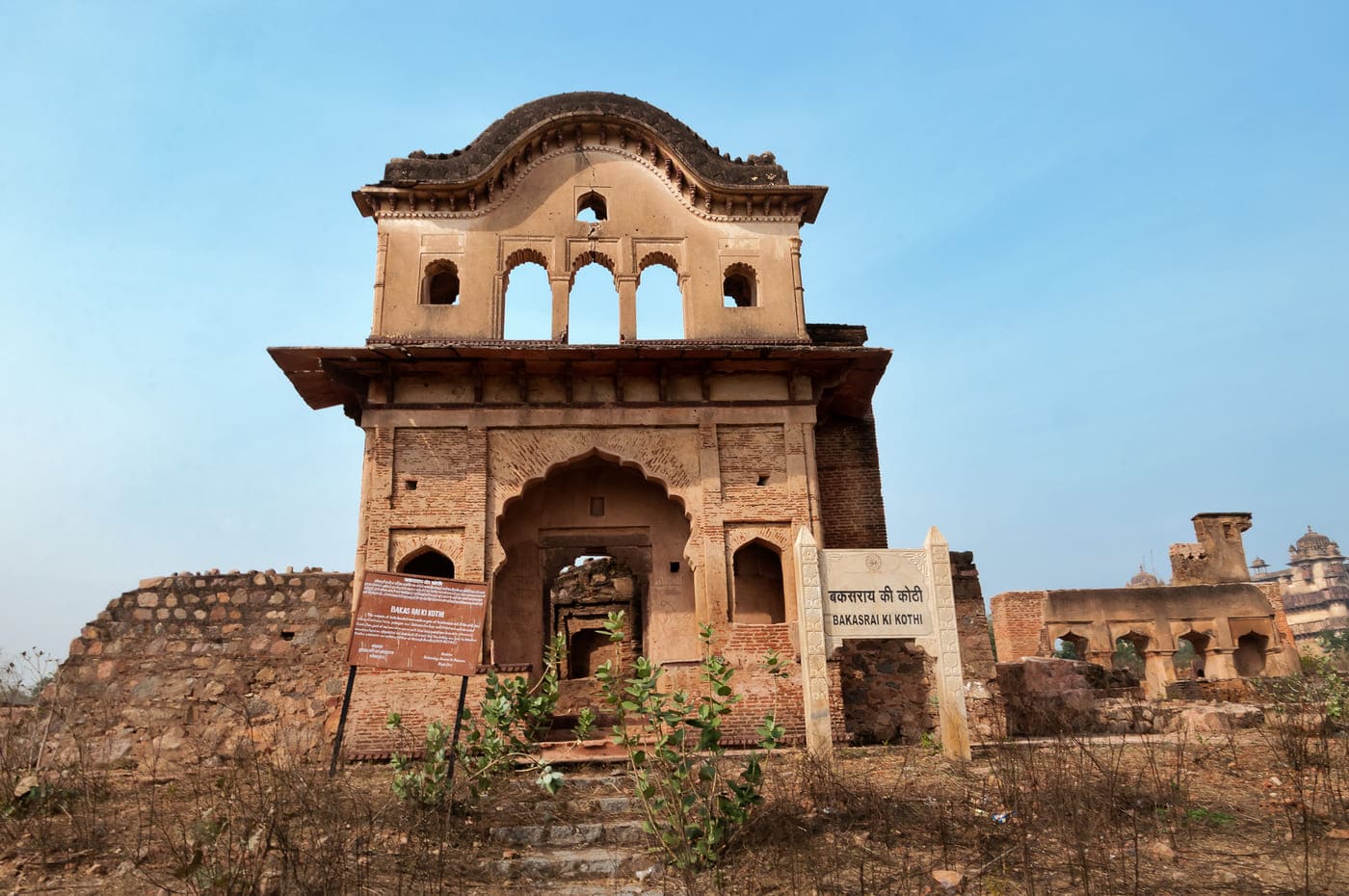
Exterior view of the beautiful ruins of Bakasrai ki Kothi situated in Orchha Fort Complex © Elena Odareeva
The Legacy of Bir Singh Deo
It was Bir Singh Deo who was responsible for putting Orchha on the map. Under his rule, the region entered its golden period and reached heights of architectural splendor previously unknown. He initiated the erection of many grand buildings like colossal palaces and magnificent temples, amongst them the beautiful Phool Bagh gardens, Jahangir Palace and Lakshmi Temple.
He was also responsible for the turnaround of the decline of the town of Jhansi during the Chandela dynasty’s downward spiral in the 1700s. He built the fort and re-established the town to its former prominence in the northern part of India. Relations with Mughal emperors improved; in fact, Bir Singh Deo and the emperor Jahangir became close allies. Unfortunately, his incompetent successors Jhujjar and Indramani Sigh, with their frivolous and arrogant behavior caused Orchha’s decline.
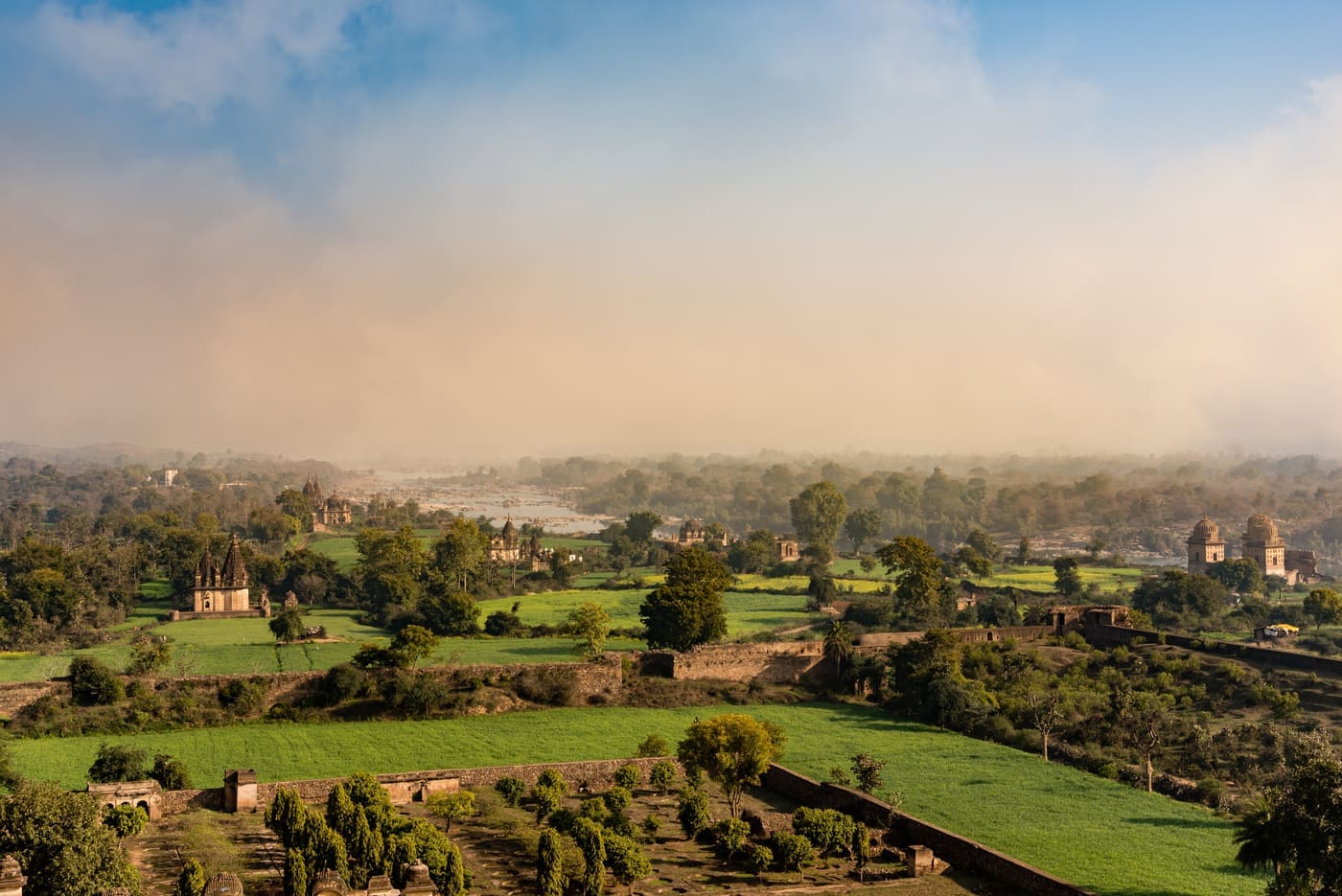
At dawn the mist clears up on the Betwa river close to Orchha © cornfield
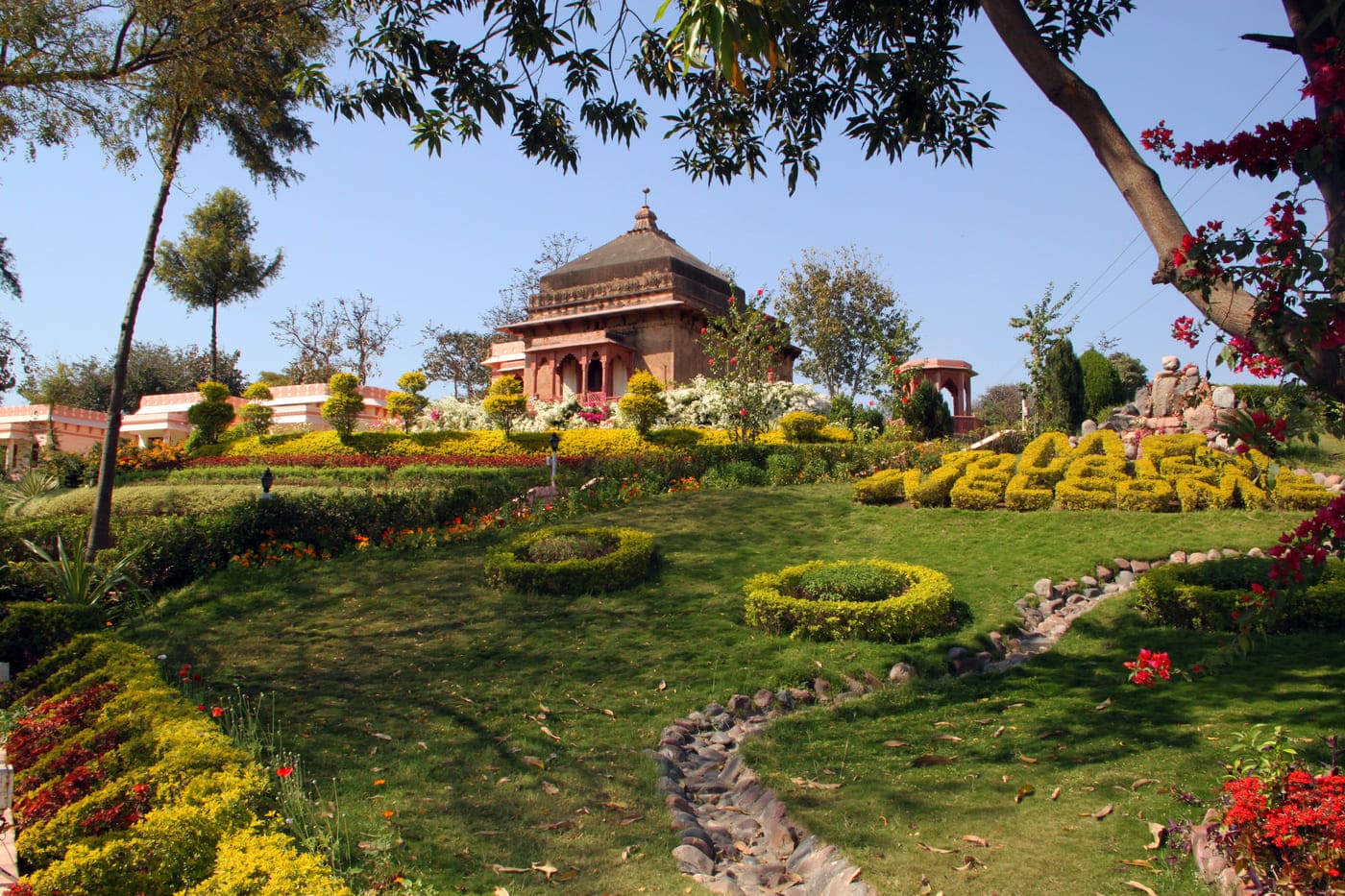
Picturesque garden of Betwa Retreat resort, situated on a hillock and overlooking the tranquil Betwa river, in Orchha © Goddard_Photography / Getty Images
Orchha – Noble State of Old
In 1783 the Maratha’s surging power threatened Orchha and therefore Raja Vikramajit moved the capital to Tehri, present-day Tikamgarh. This protected Orchha and it was almost the only town, except for Datia which did not yield to the Maratha.
In 1802 the British took control of the central Indian states after the Bassein treaty between them and Peshwar Bajirao l of the Maratha. In 1854 the British created the Central India Agency and started to interfere in the internal matters in Orchha. The jostling for the throne continued until the British Secretary of State for India installed Bir Singh Deo ll as ruler in 1930. After independence in 1857, Orchha became part of the Indian Union.
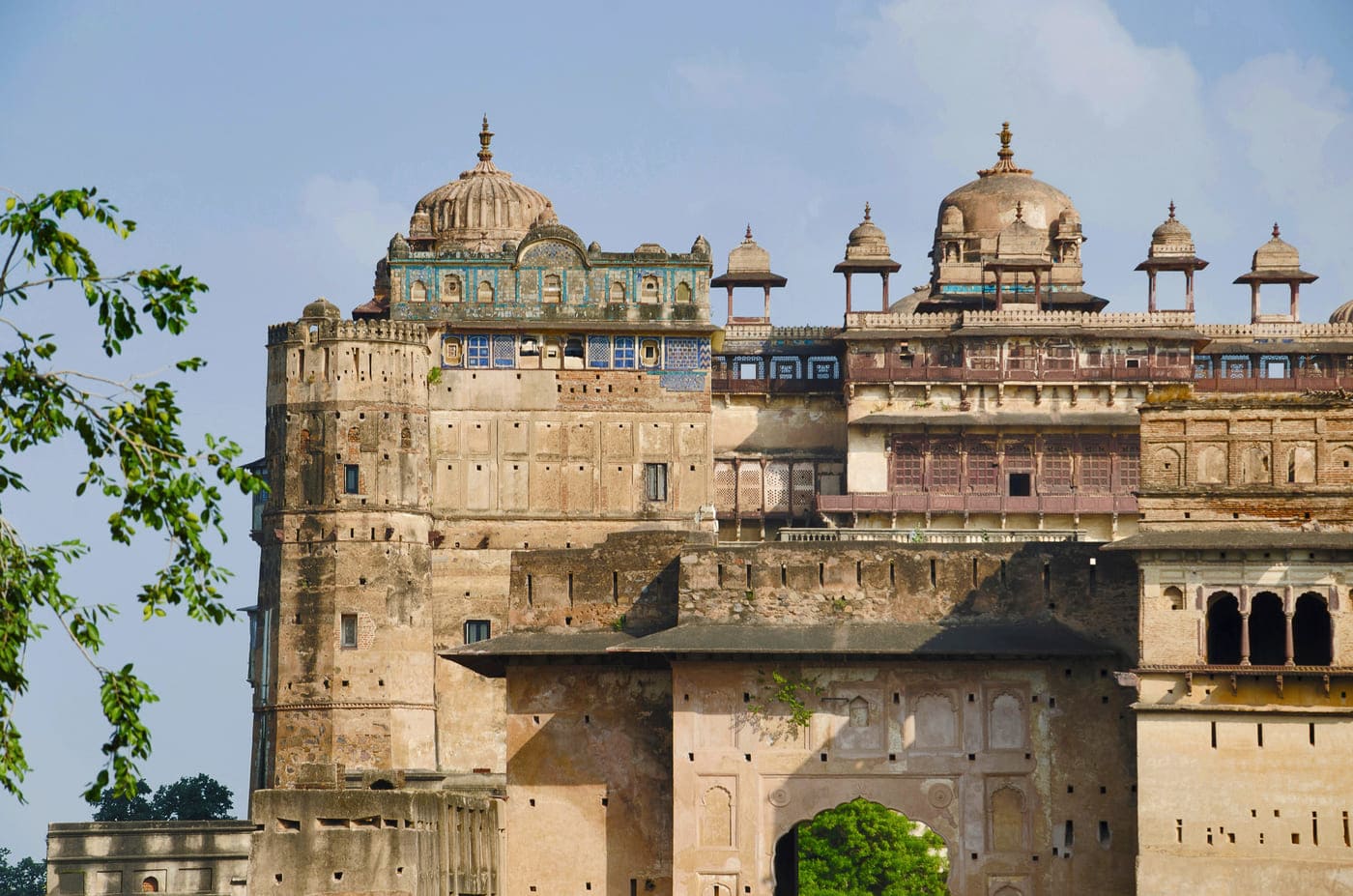
Exterior view of the Sheesh Mahal Heritage Hotel, with the domes of Jehangir Mahal visible in the background, situated in Orchha © RealityImages
Explore Orchha: What Not to Miss in Orchha
All of Orchha’s major sites can be split into 4 groups:
• Palace complex: Raja Mahal, Jahangir Mahal, Rai Parveen Mahal, and Sheesh Mahal
• Complex of Ram Raja: Chaturbhuj Temple and Ram Raja Temple, Sawan Bhadon and the Dinman Hardol Phoolbagh Palace
• The complex consisting of Sundar Mahal and Laxminarayan Temple
• The Chhatris (Cenotaphs) on the River Betwa
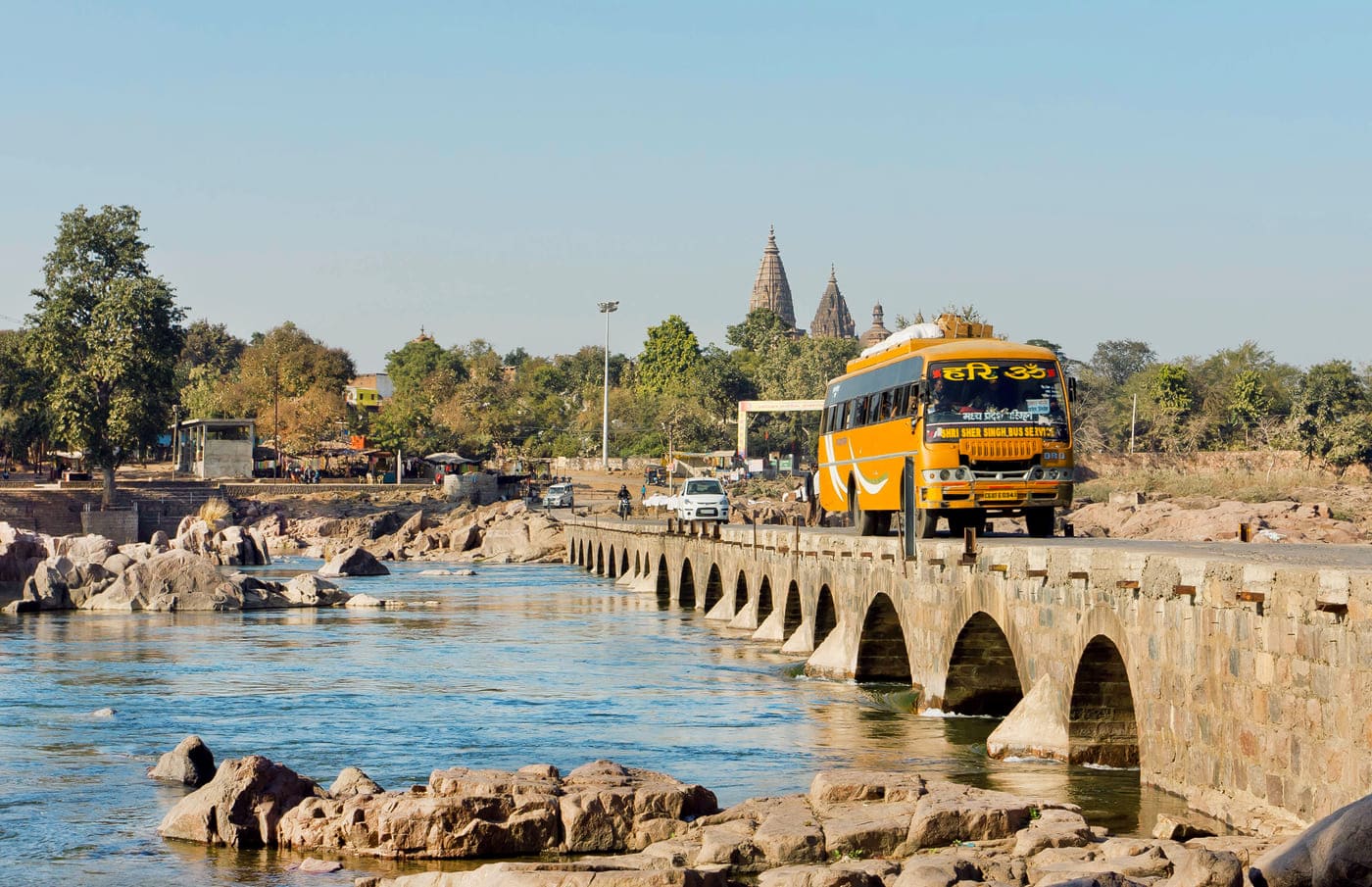
A yellow bus carrying tourist across the narrow bridge on river Betwa in Orchha © Radiokafka
How to Reach Orchha
Flights are available to Khajuraho Airport, (105 miles) and Gwalior (74 miles) away. There are regular bus services from Jhansi to Orchha. Orchha is also connected to Jhansi by rail, the nearest train station (10 miles). Trains from Agra and New Delhi stop at Jhansi. Time tables are available on www.irctc.co.in
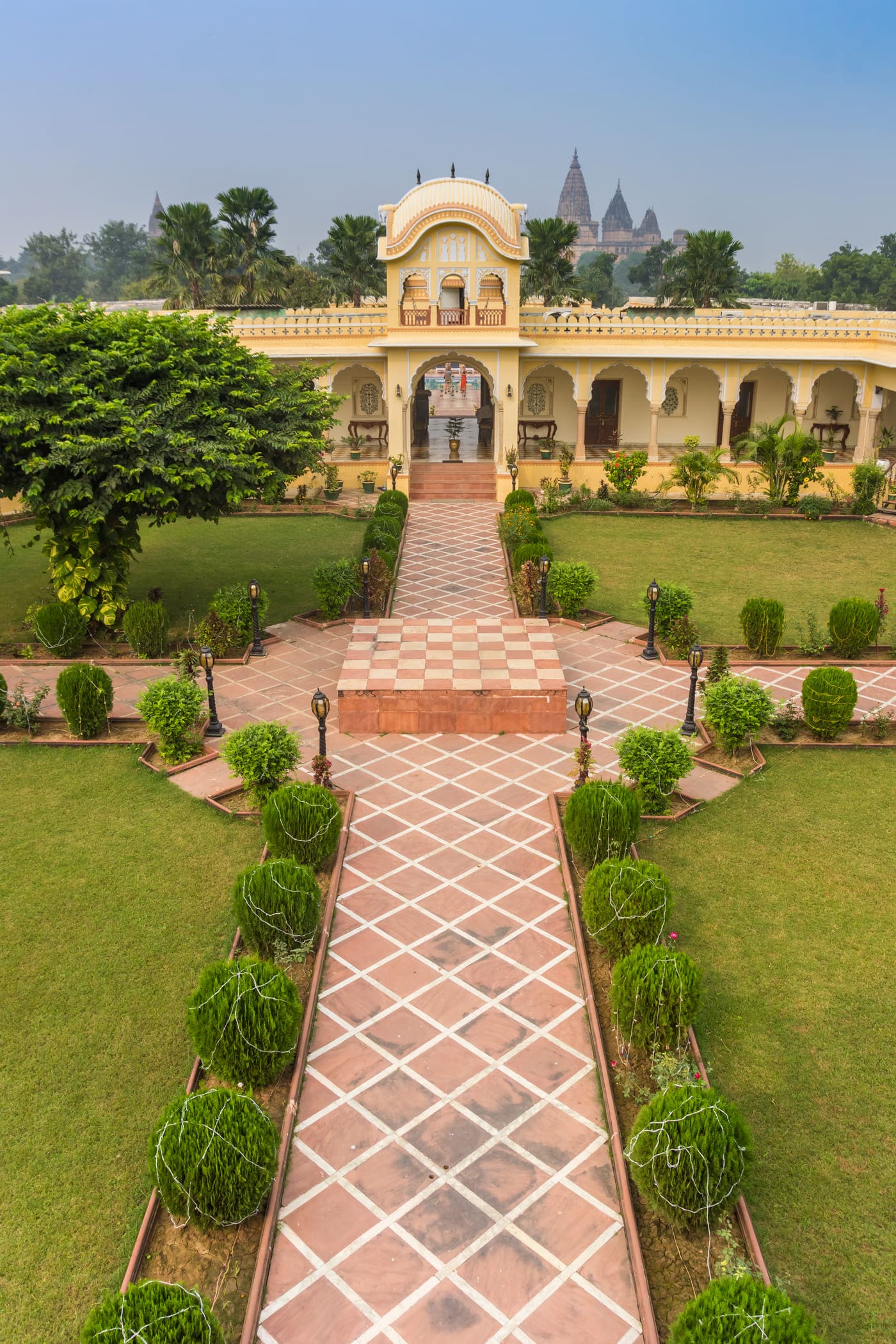
A stone pathway, lined with massive planters, in the courtyard garden of a hotel in Orchha © Marc Venema
Where to stay
There are various options, like the Bundelkhand Riverside Retreat, Amar Mahal, MP Tourism Betwa Retreat, and the Orchha Resort.
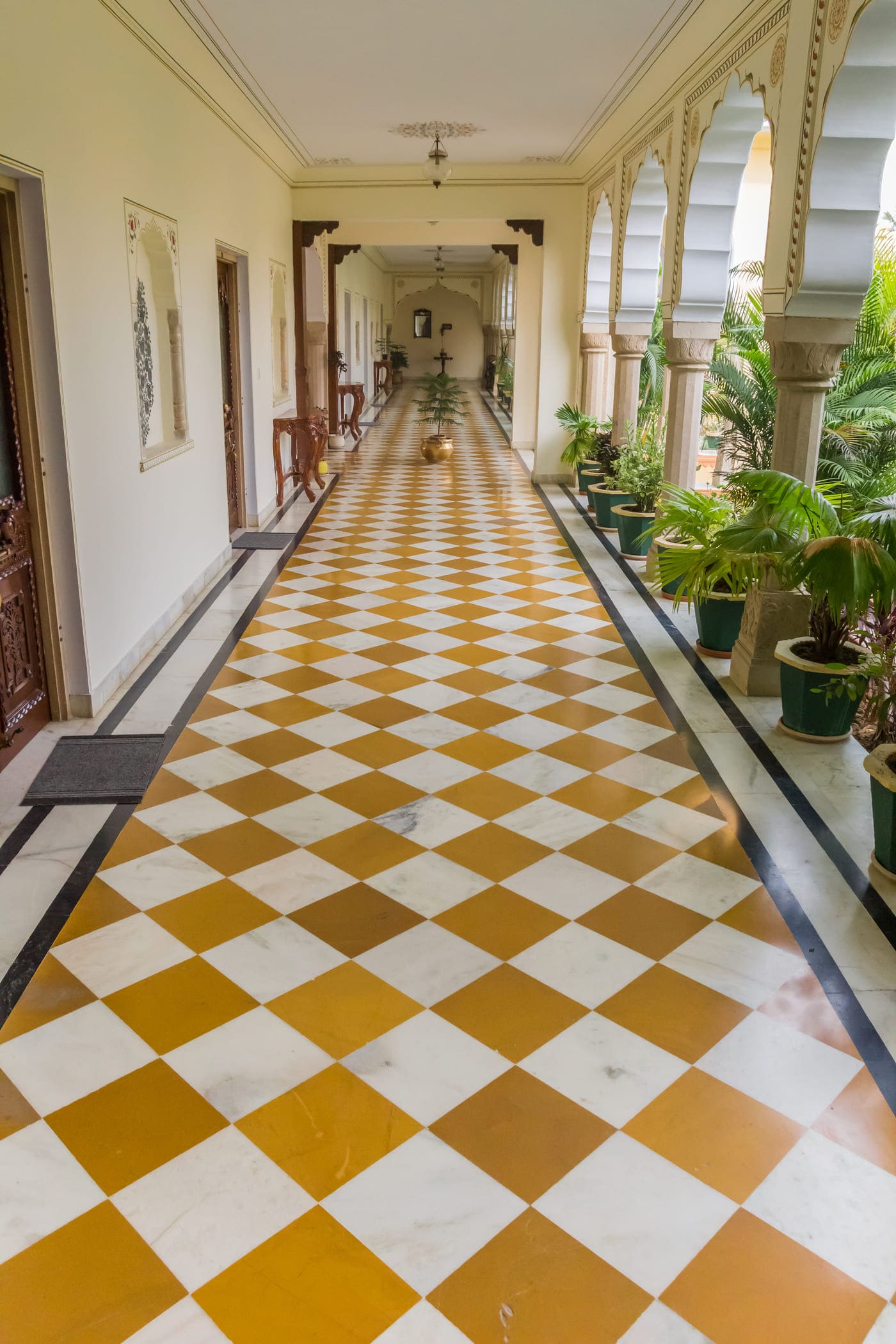
A yellow and white chequered corridor of a heritage hotel in Orchha lined with beautiful Areca Palm planters © Marc Venema
Pictures of Orchha to Lure and Seduce You
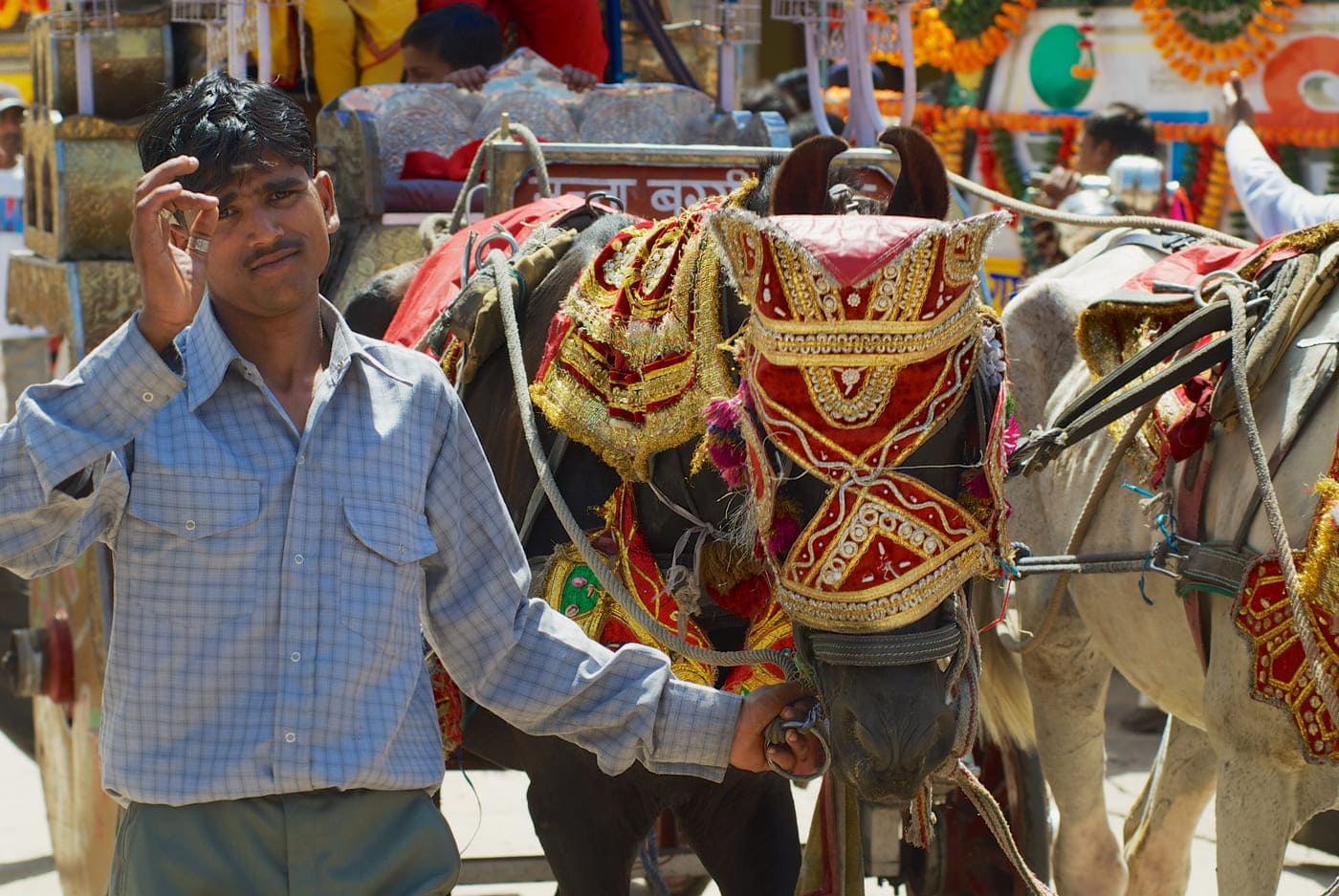
Decorated horses being held by a man on a street in Orchha during a religious ceremony © Dmitry Chulov
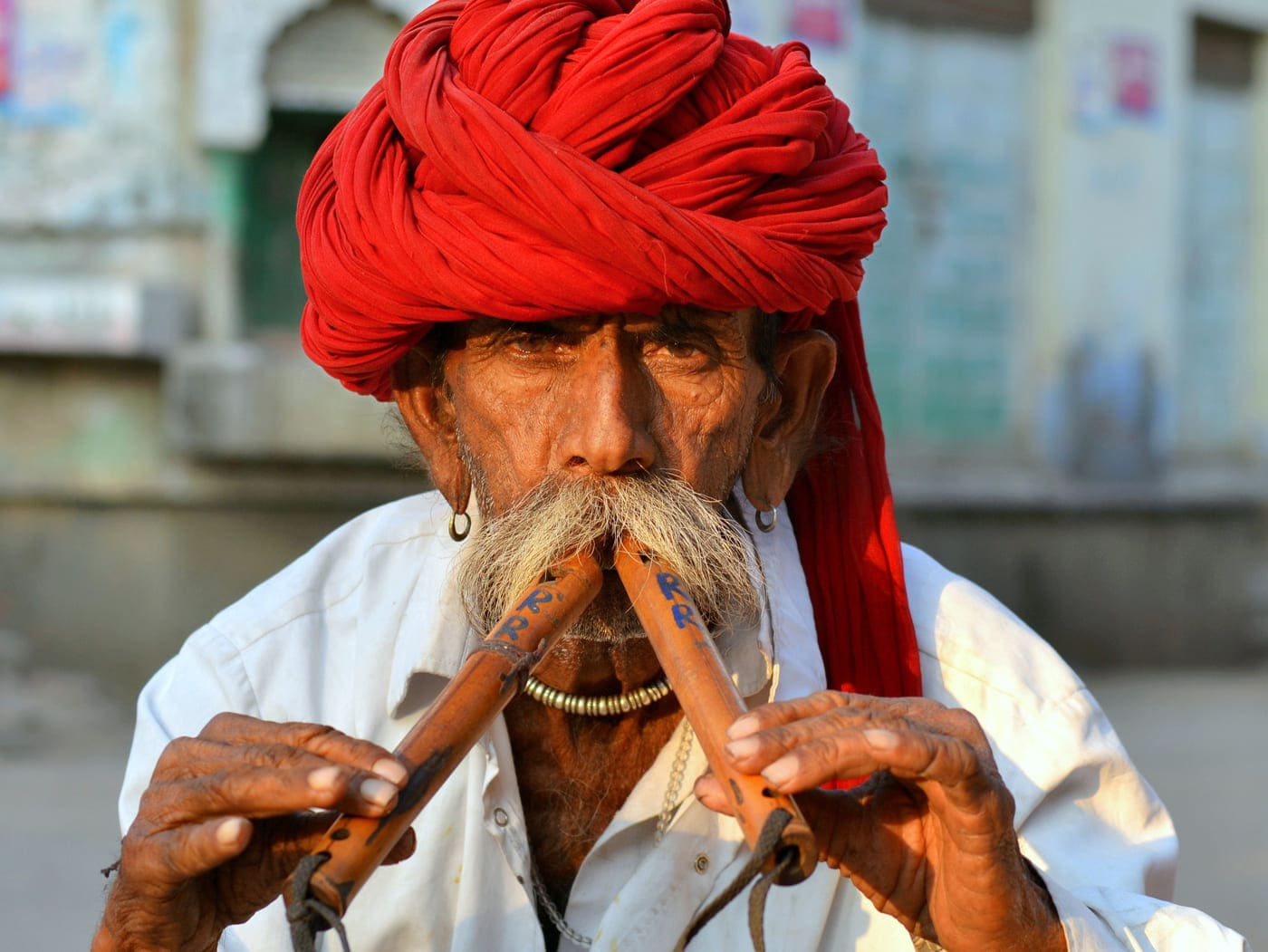
A mustached man playing jheeka, a rectangular Indian tambourine, and singing at Ram Raja Mandir in Orchha © Matt Hahnewald
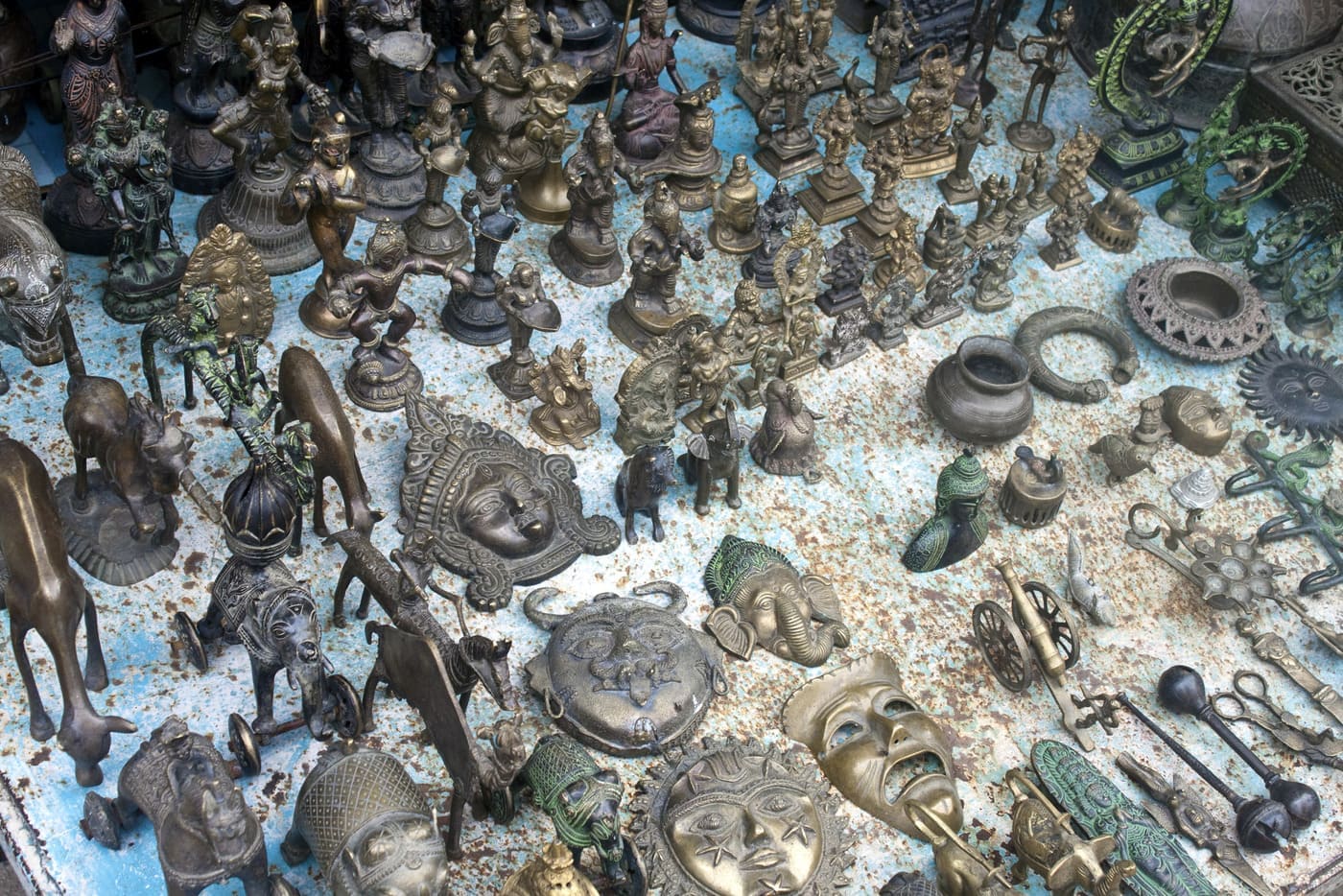
Bronze sculptures and figurines for sale in a village market in Orchha © Matyas Rehak
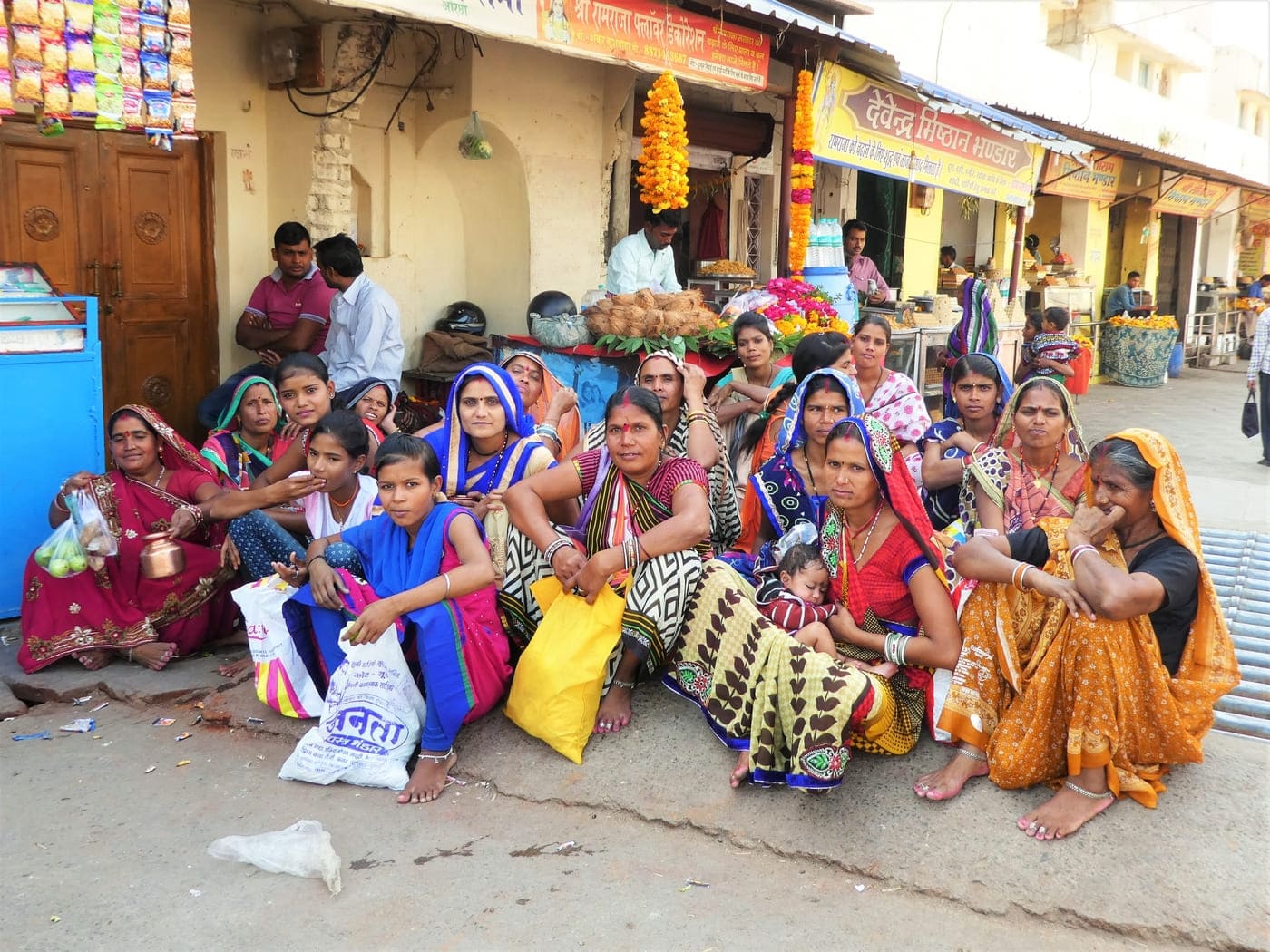
A group of women and young girls sitting on the street in Orchha © Magdalena Greguskova
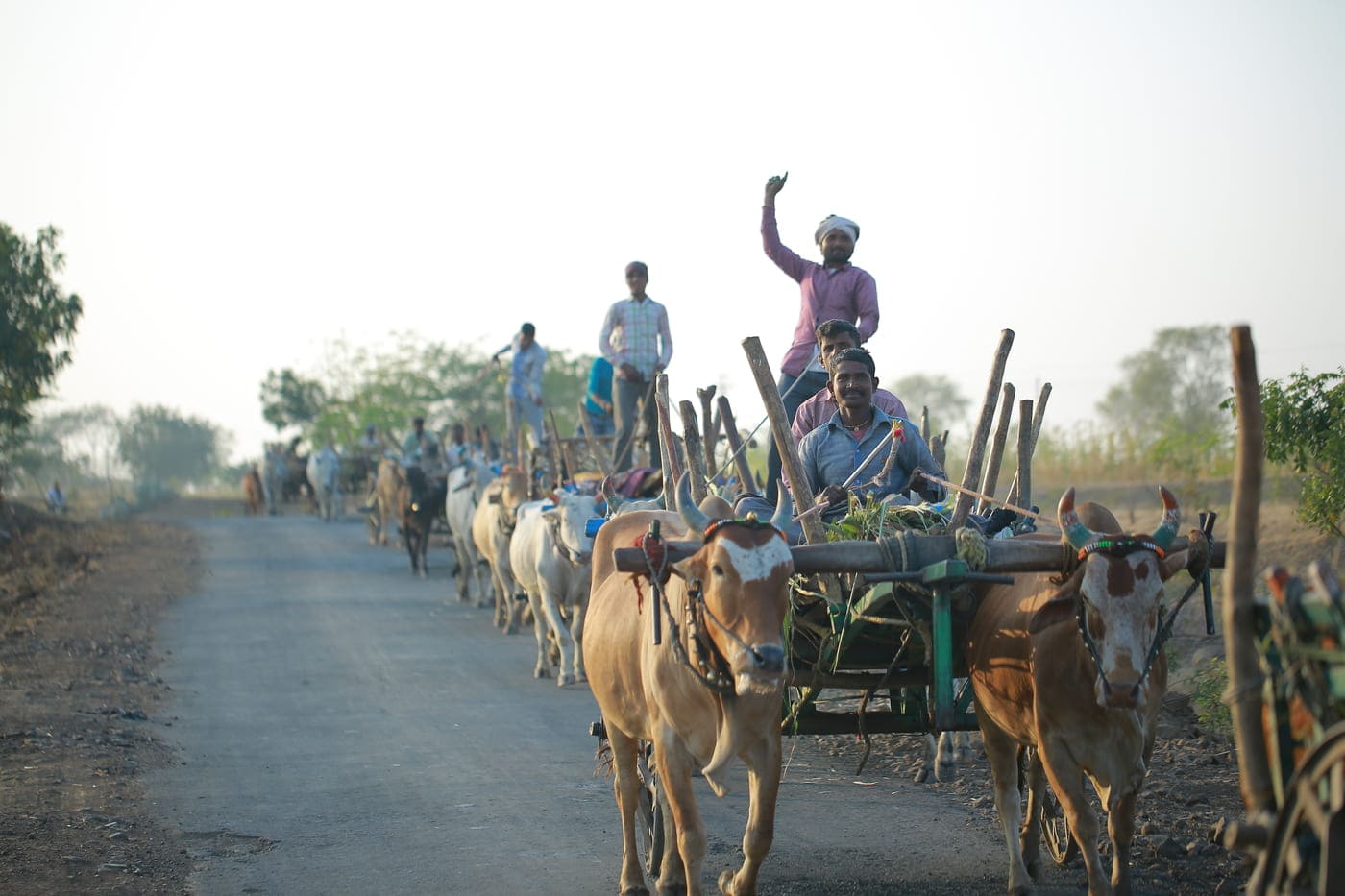
Men driving wooden carts on road drawn by buffaloes, representing the rural landscape in Orchha © Dgwtome
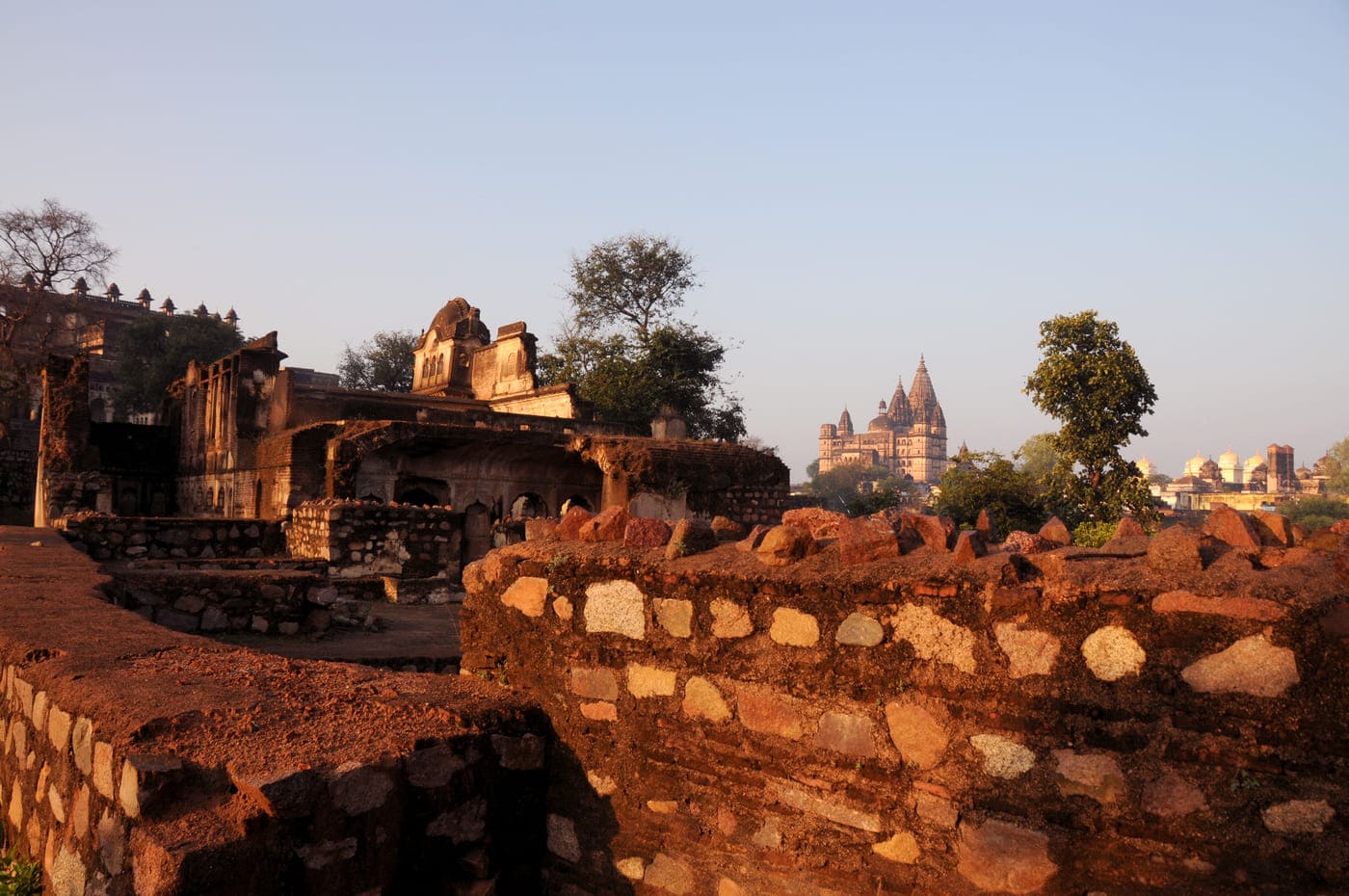
A scenic view of spires of the historic Chaturbhuj Temple, situated in Orchha, during twilight © Dinesh Pagaria
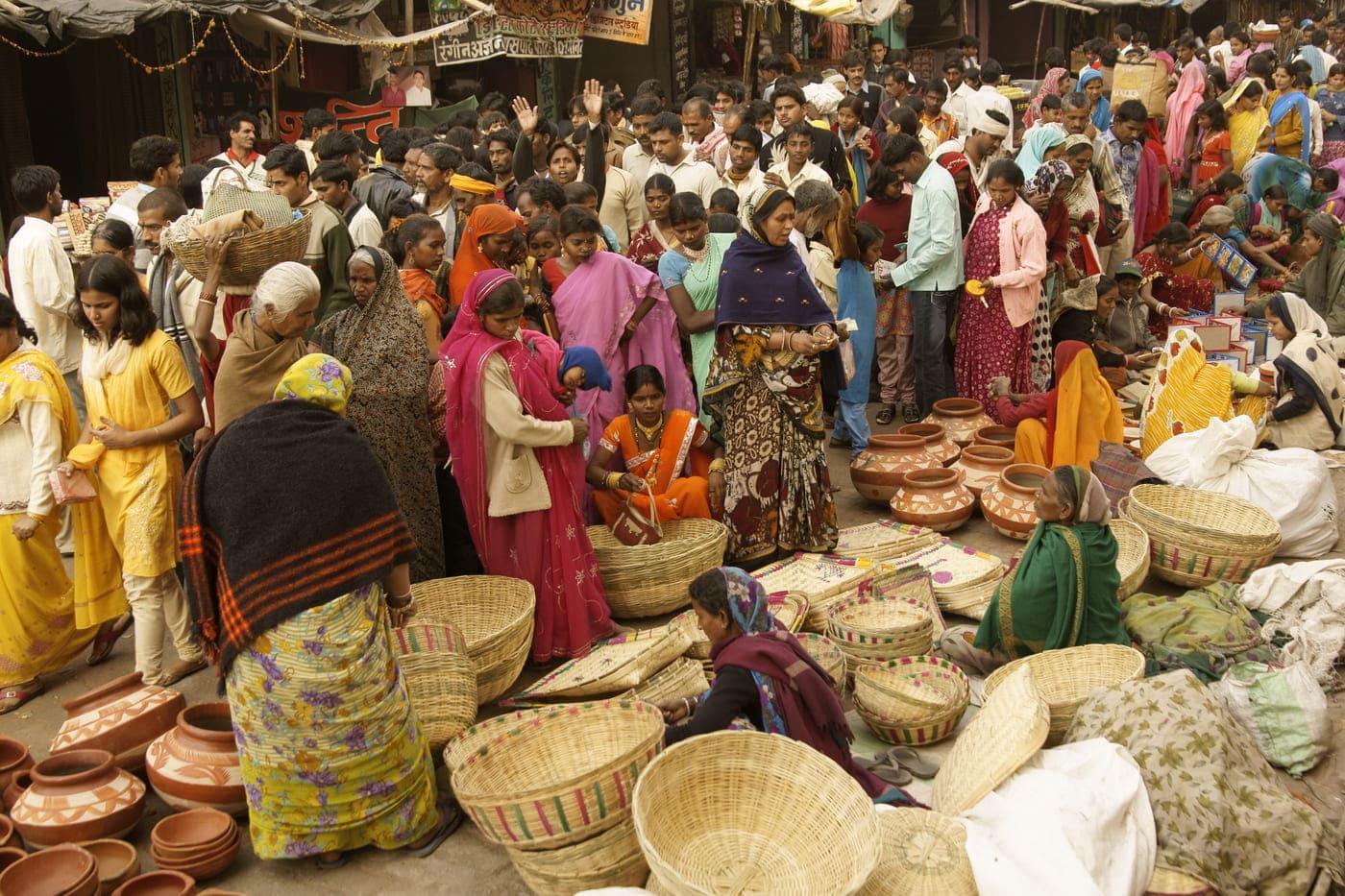
A scene from a village market in Orchha where women are selling handmade cane baskets and earthenware © Jeremy Richards
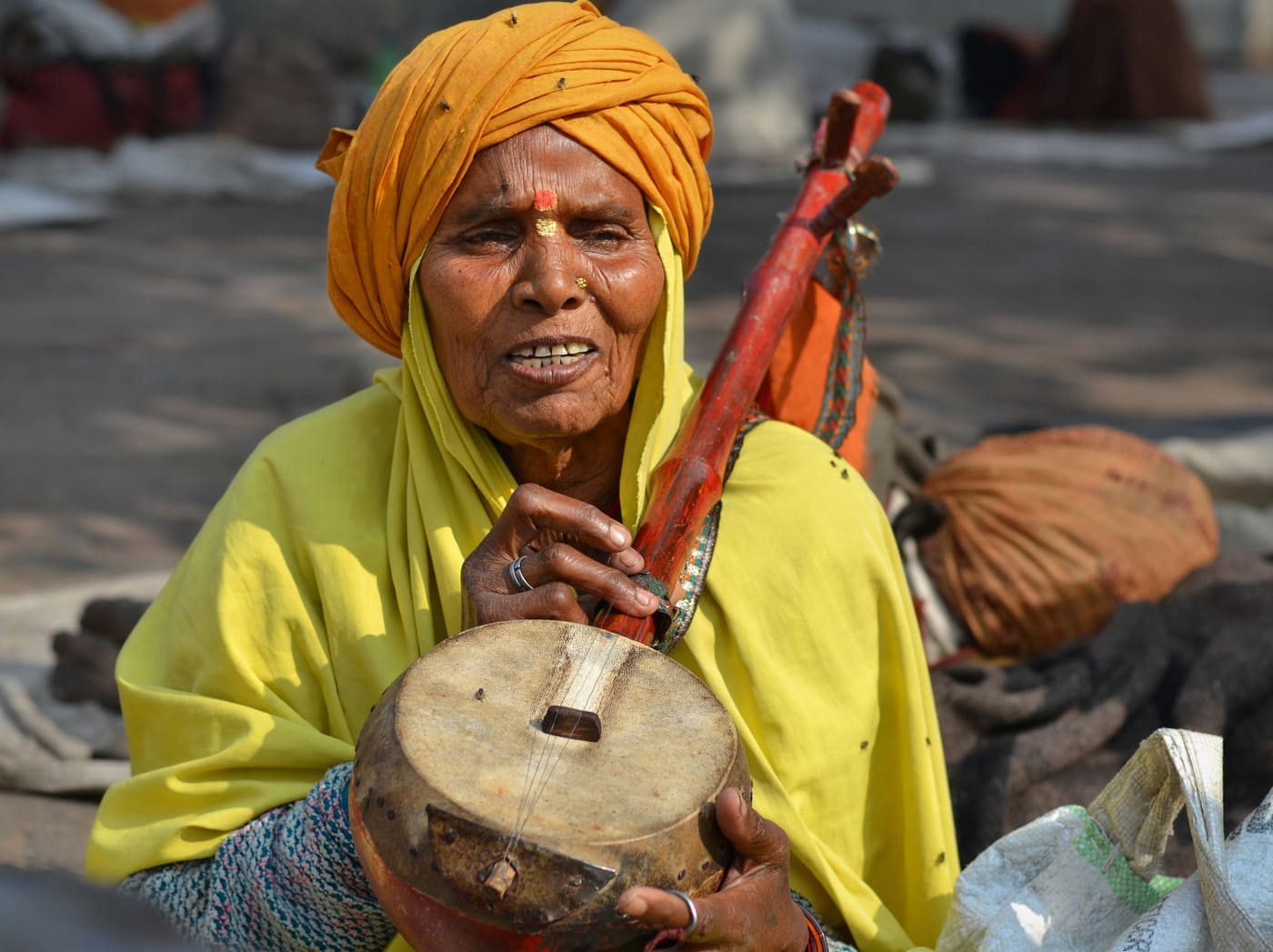
Old Indian temple musicians playing the rectangular Indian tambourine (jheeka) and singing at Ram Raja Mandir, Orchha © Matt Hahnewald
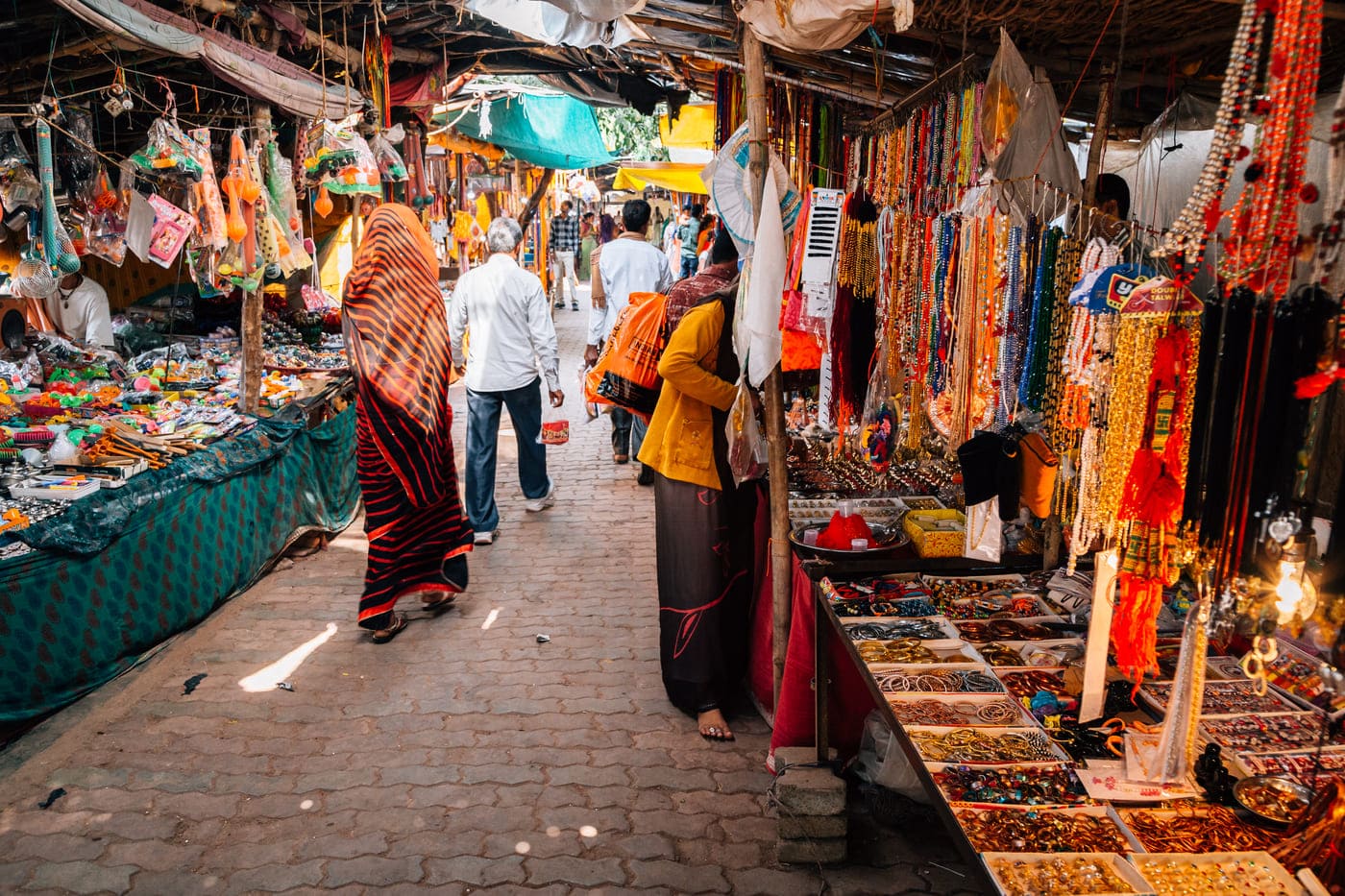
Vendors selling the religious offering at entrance of the Ram Raja Temple, Orchha © Sanga Park
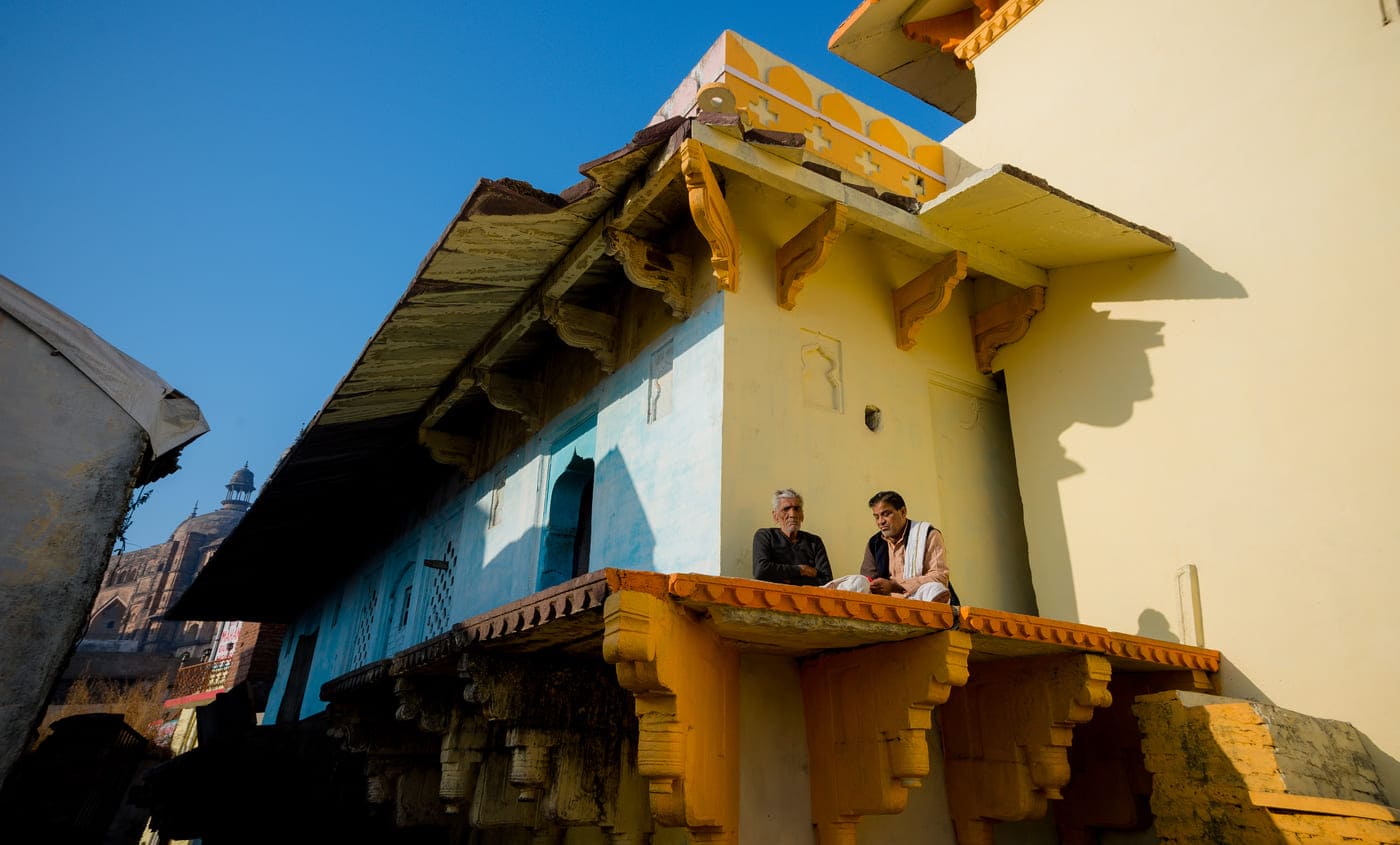
Two men sitting outside the house and soaking up the winter sunlight in Orchha © Jatin Malhotra / Getty Images
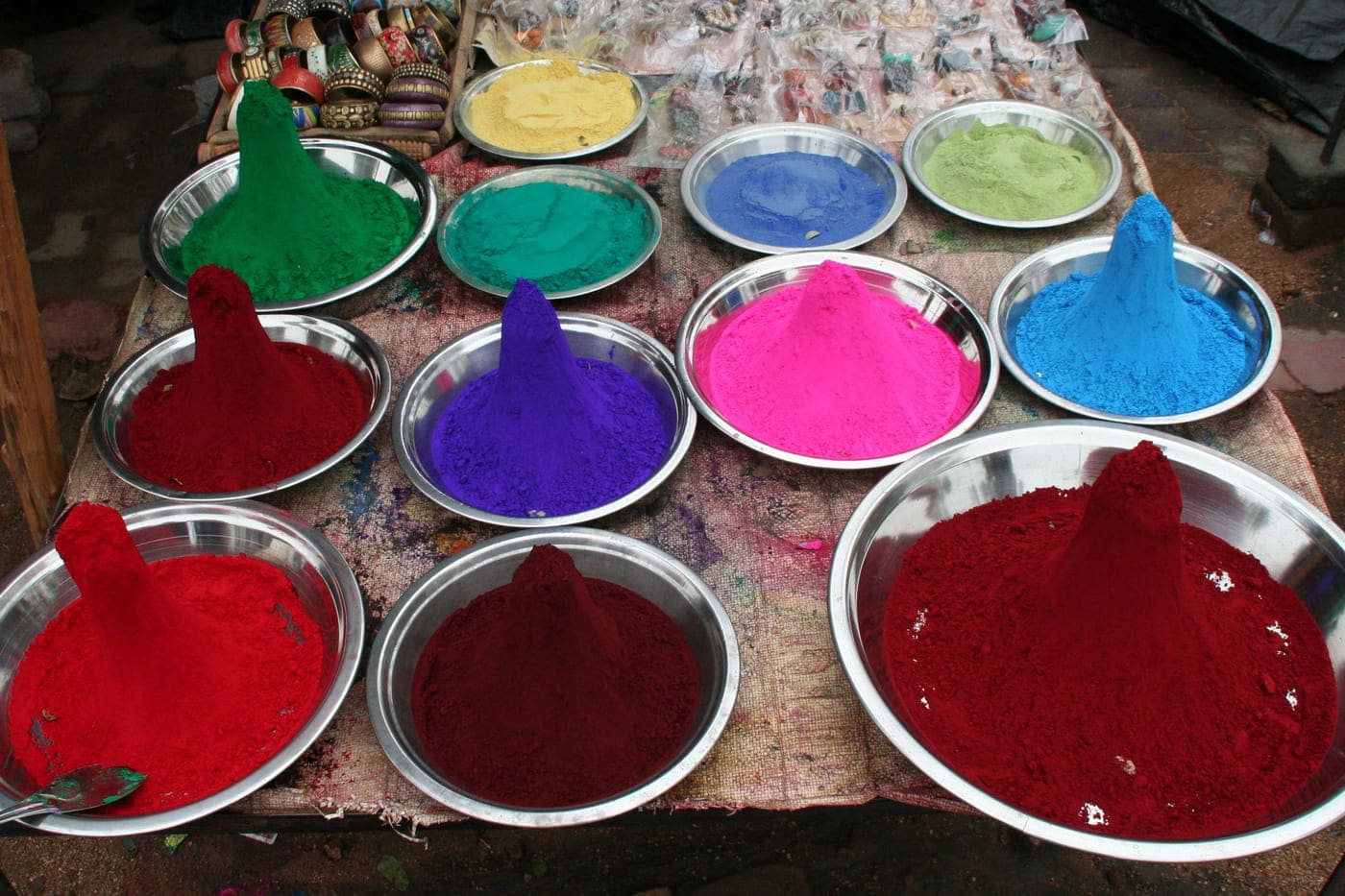
Selling colourful powder for worshipping purpose outside Ram Raja Mandir in Orchha © AleCasa77
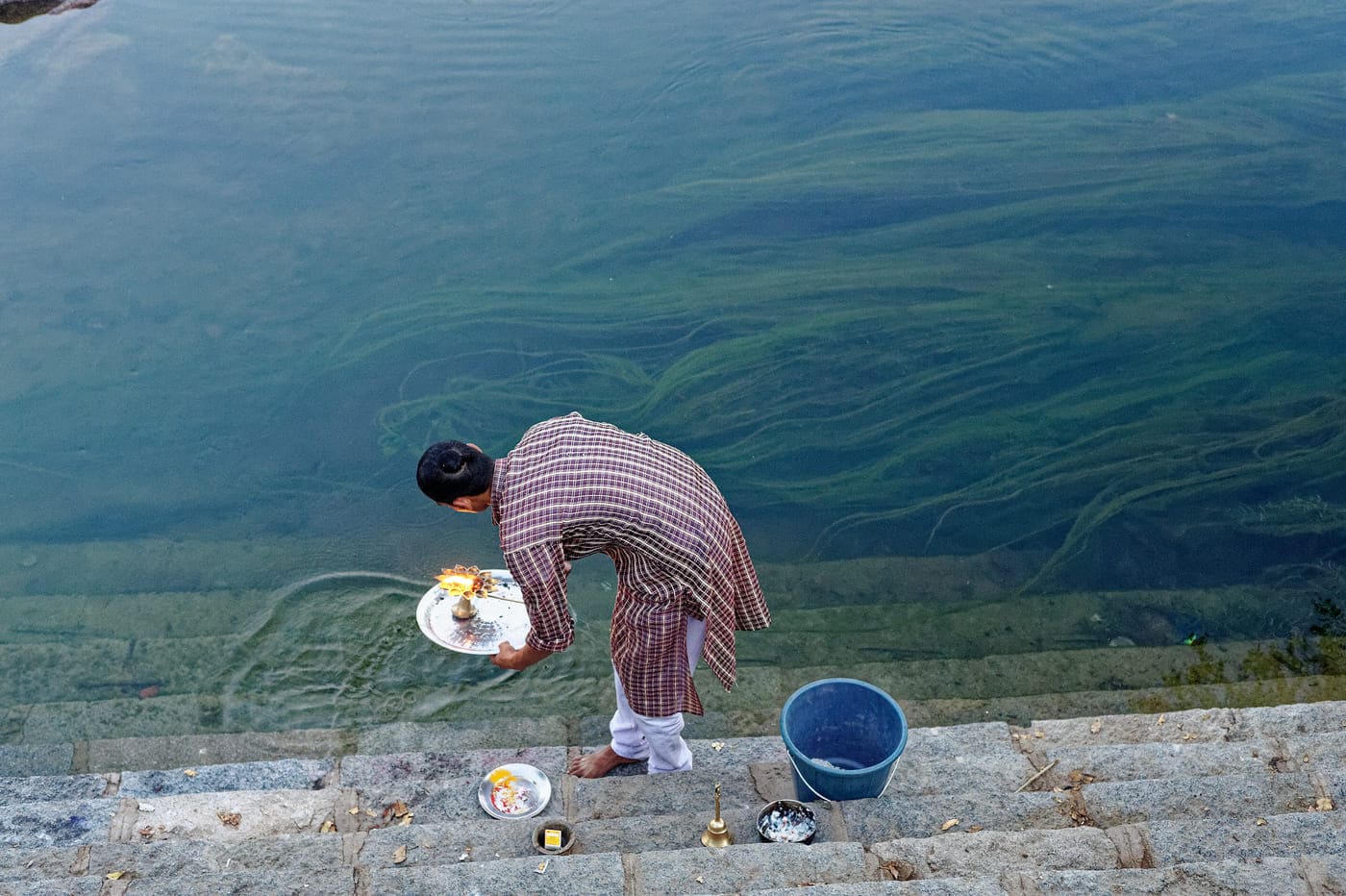
Religious Aarti ritual (fire puja) being done by Hindu priest at river Betwa, Orchha © Satish Parashar
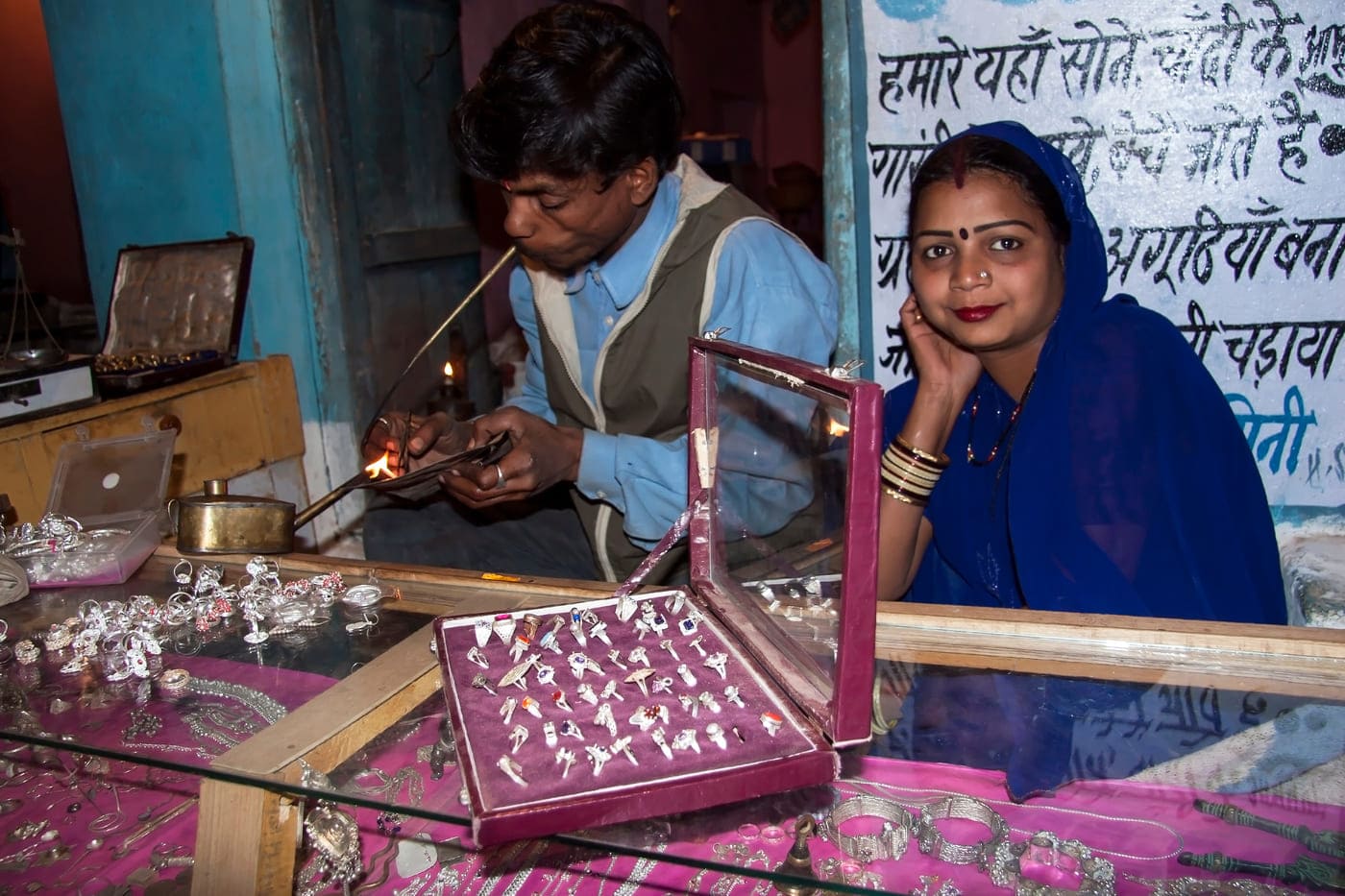
Silver being melted by jeweller in Orchha © C. Welman
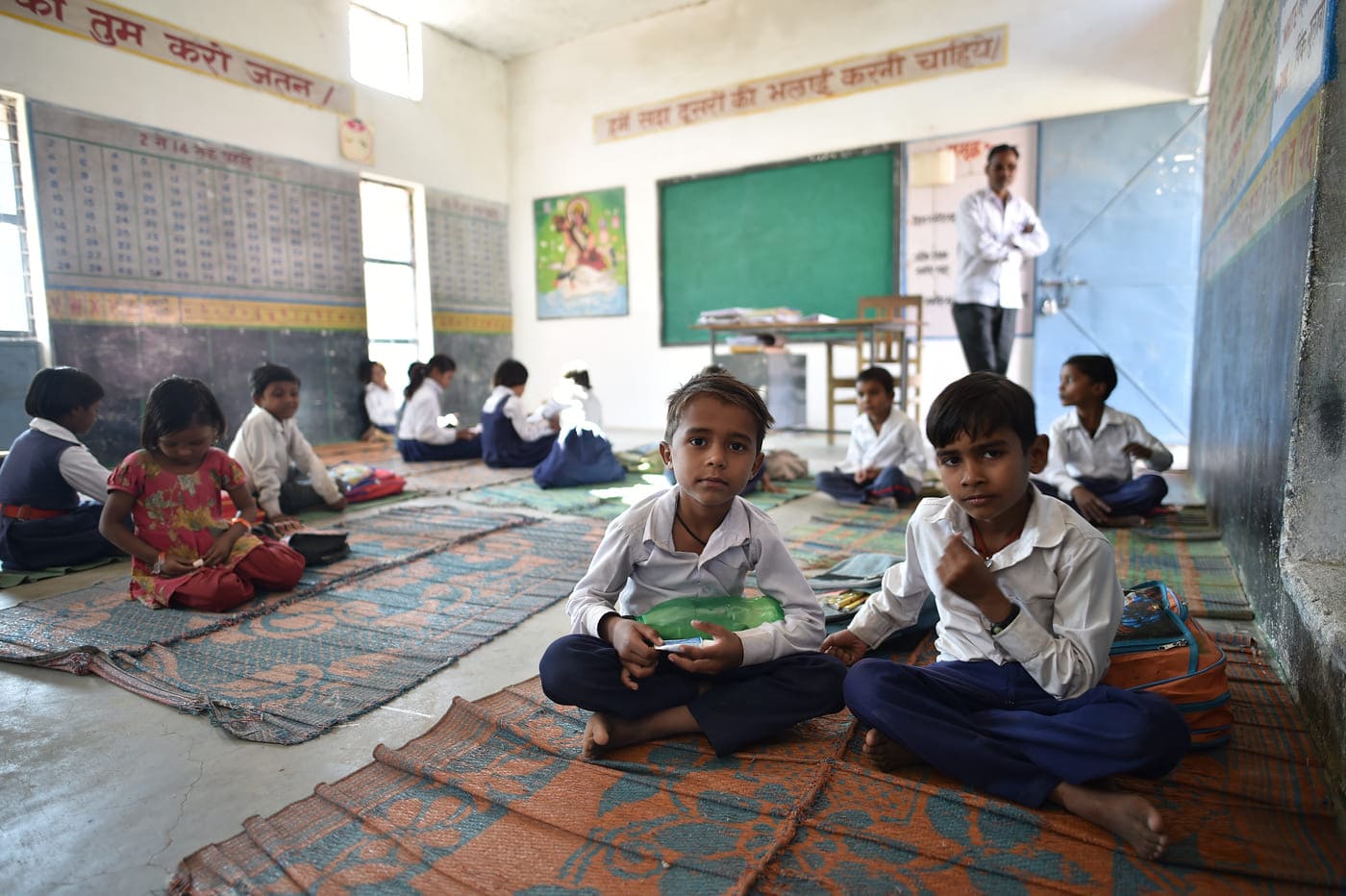
Just another day for the students of a government school in Orchha © Mikkeell
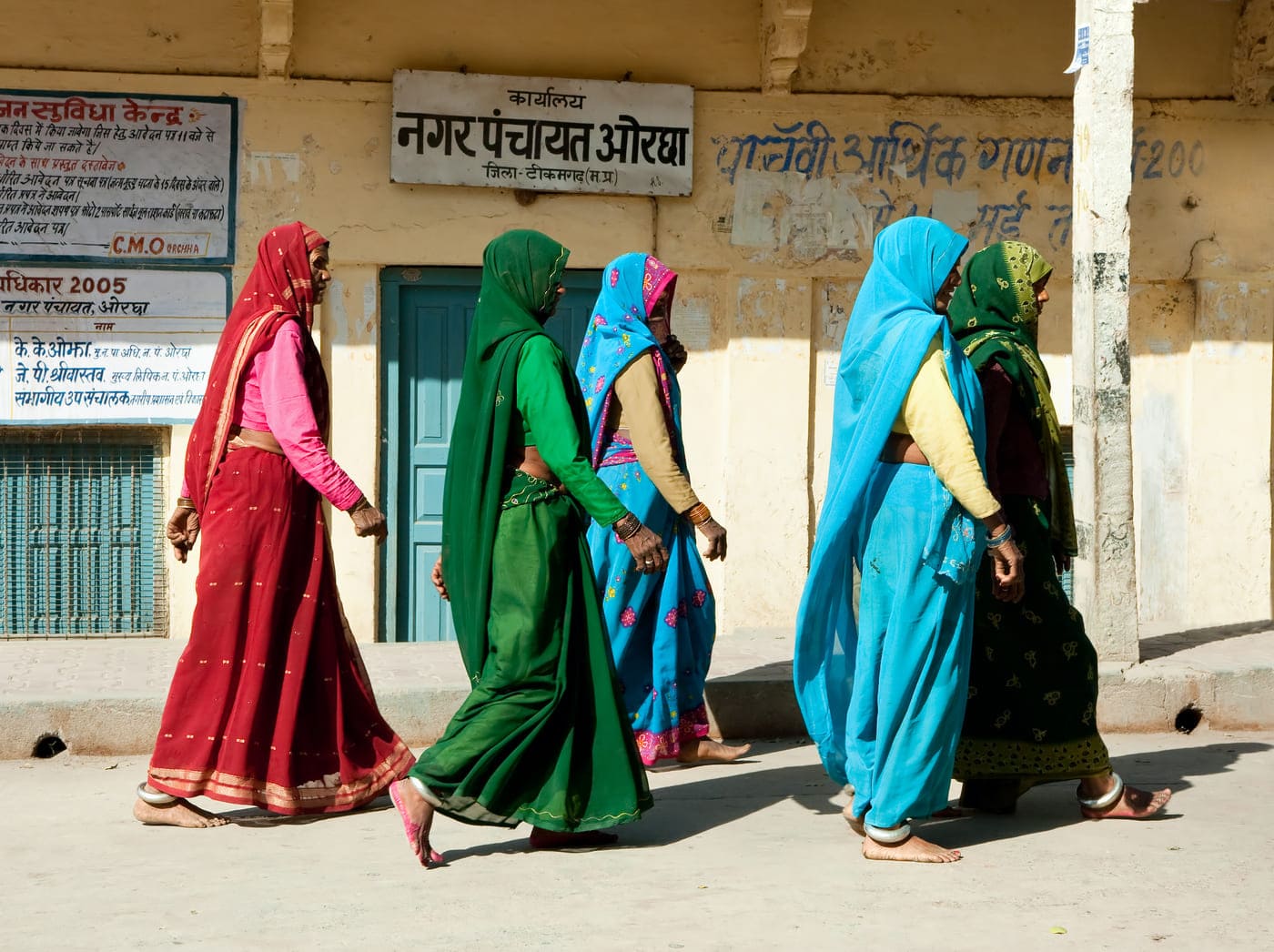
Indian women dressed in beautiful saris in Orchha town © Aleksandar Todorovic
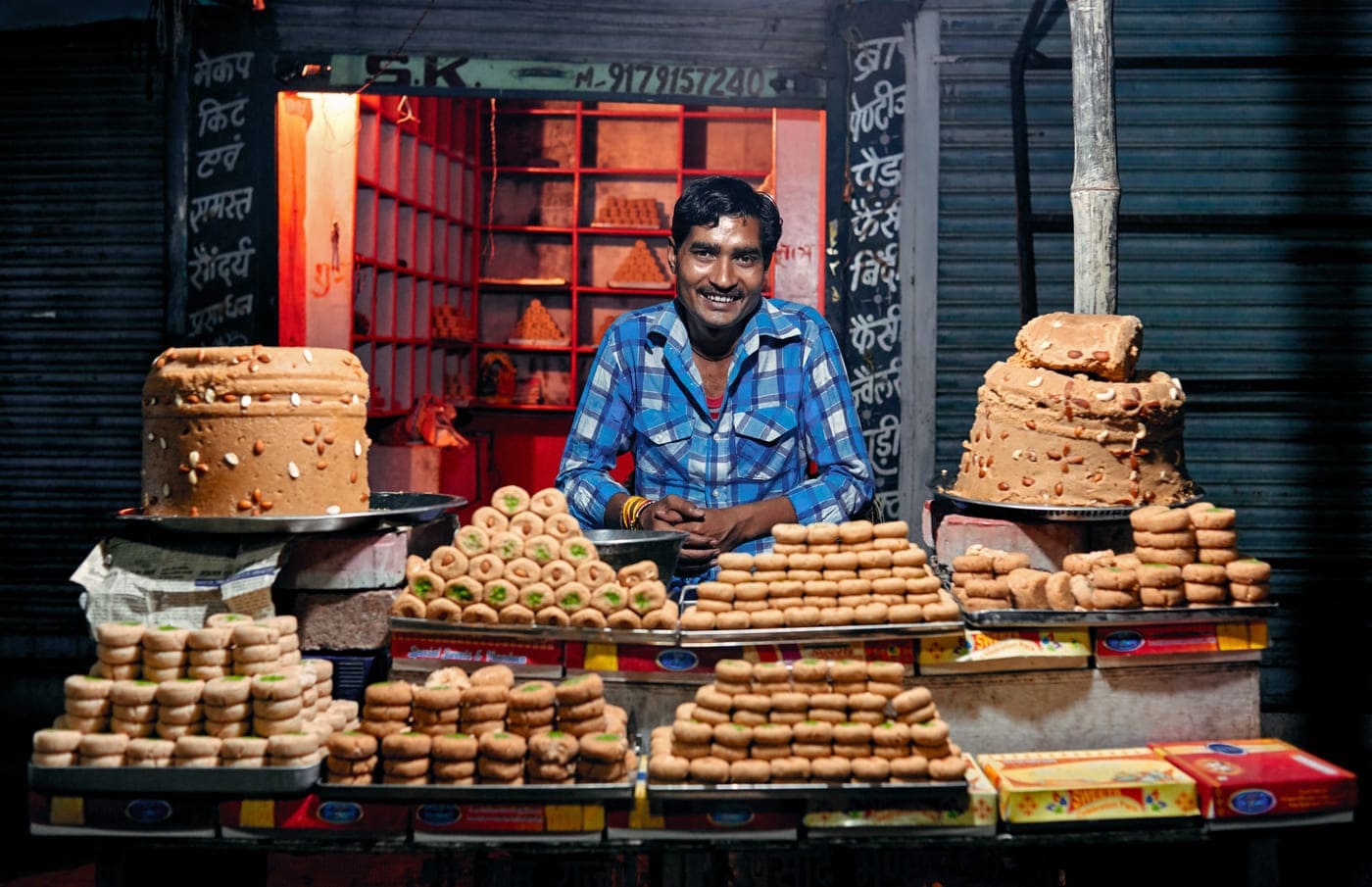
Indian man at market of Orchha selling sweets (barfi) made from milk © Vasily Gureev
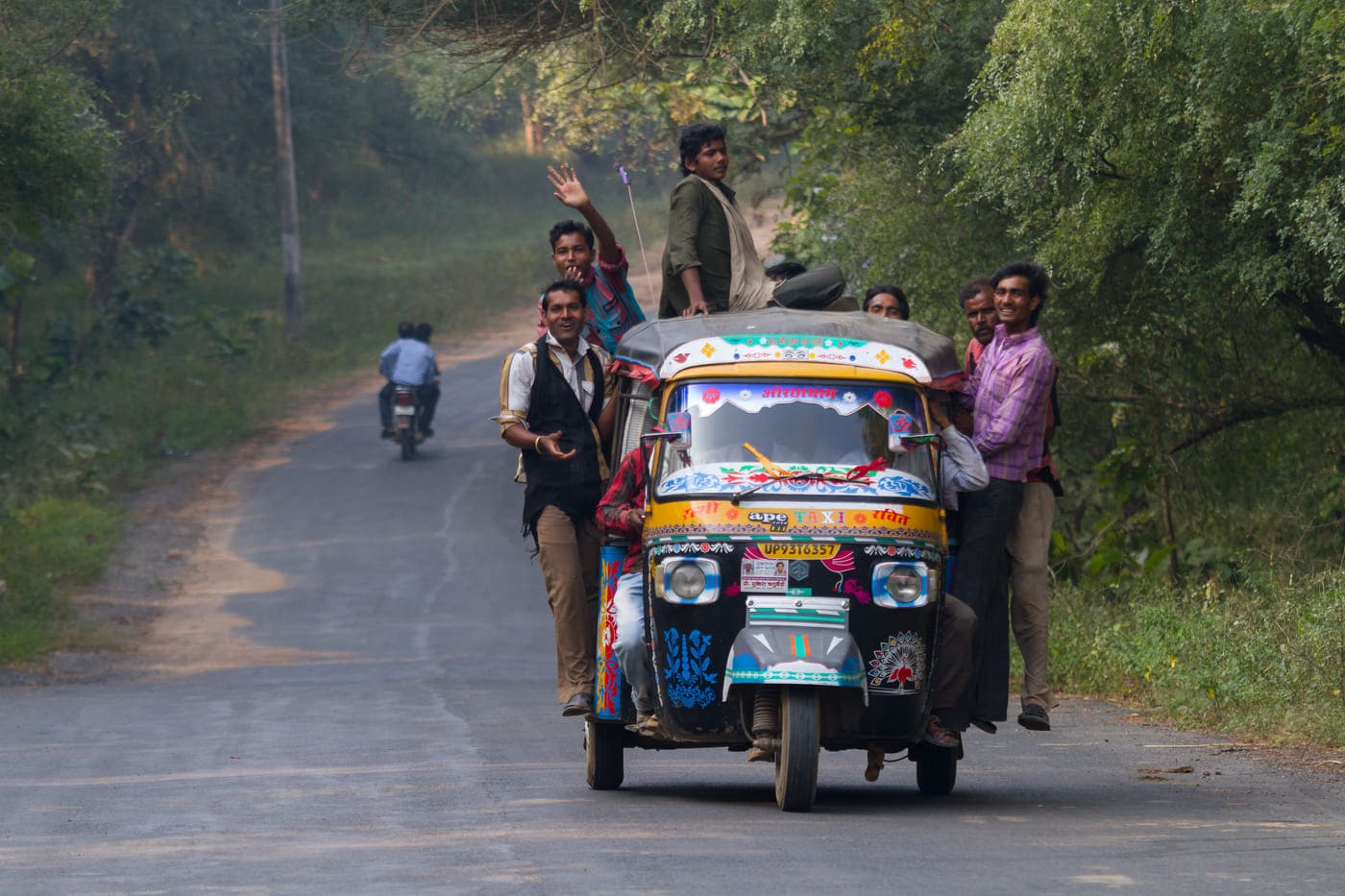
A crowded auto-rickshaw on the street in Orchha © Seng Kit
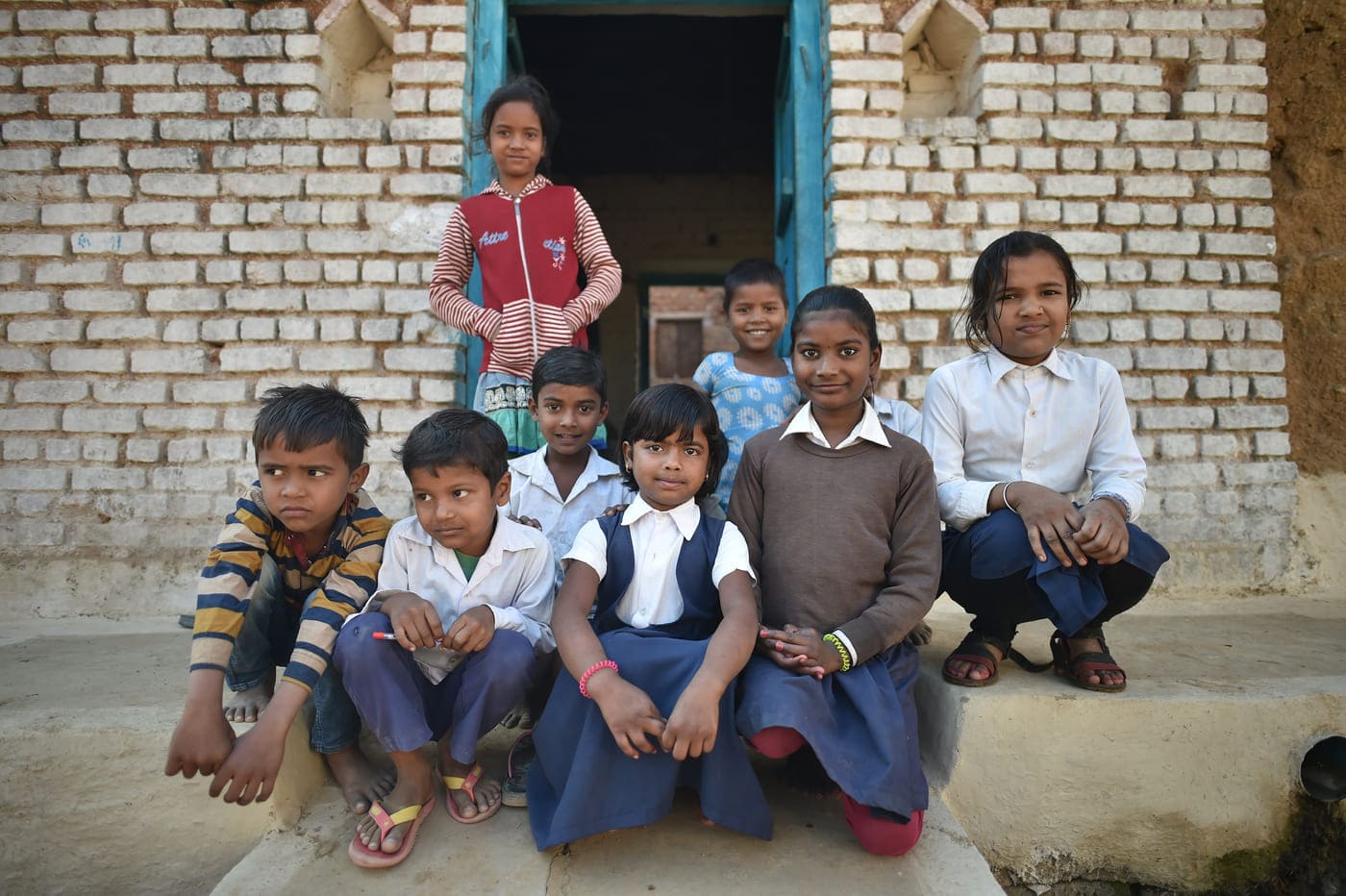
Kids striking a pose outside their house nearby Orchha © Mikkeell
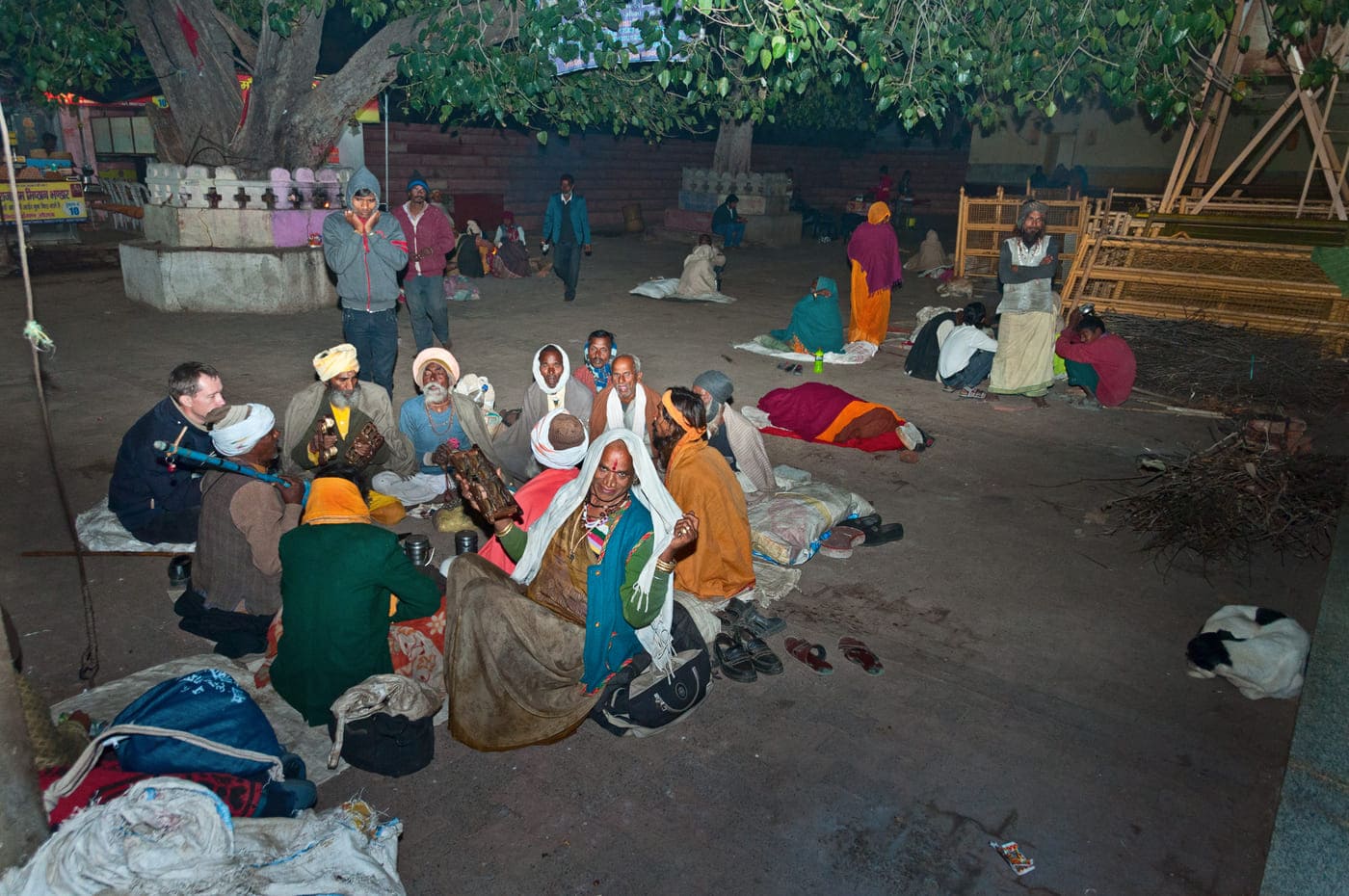
Group of Sadhus in Orchha sitting on the ground, playing musical instruments at night, and enjoying © Elena Odareeva

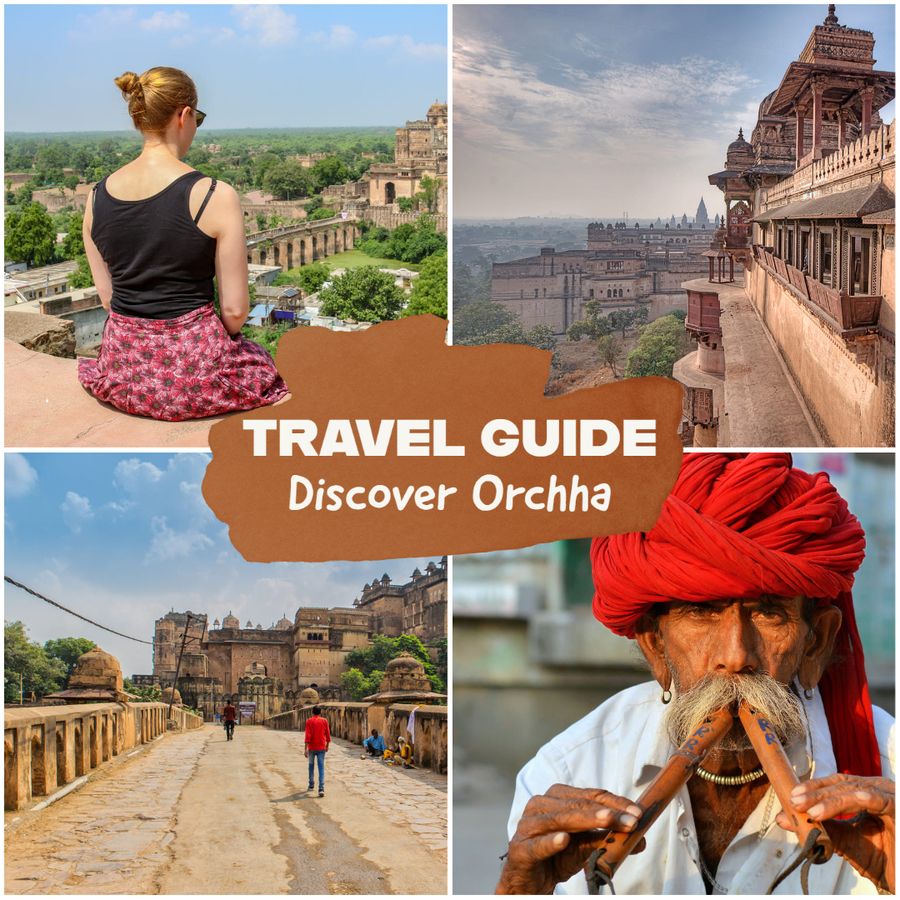
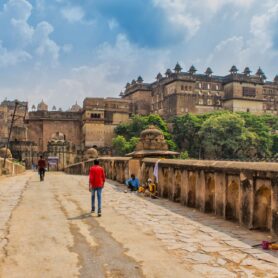
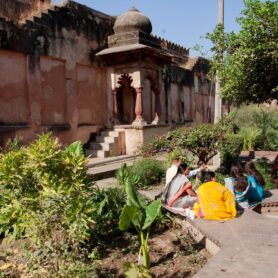
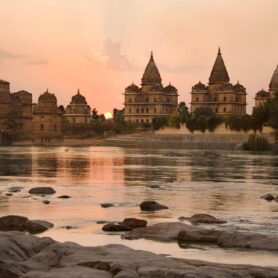
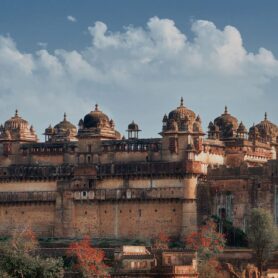
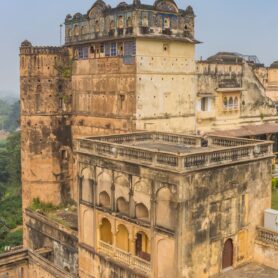
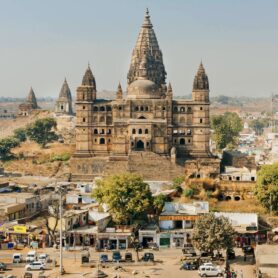
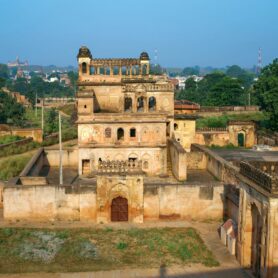
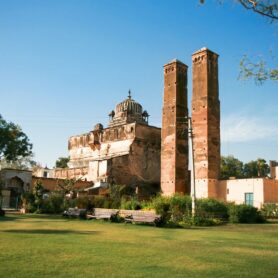
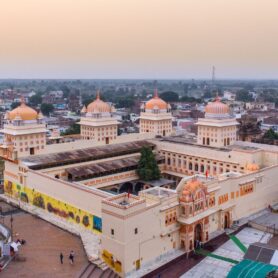
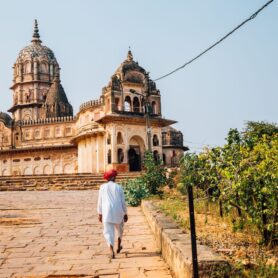
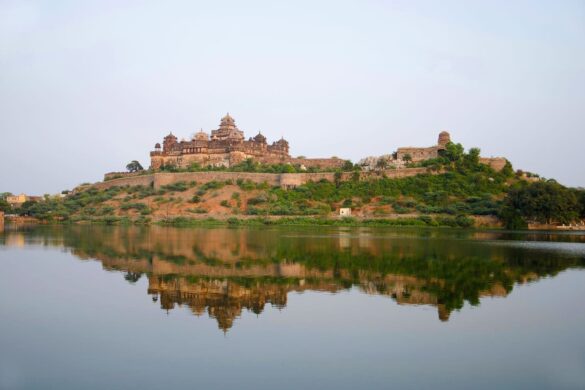
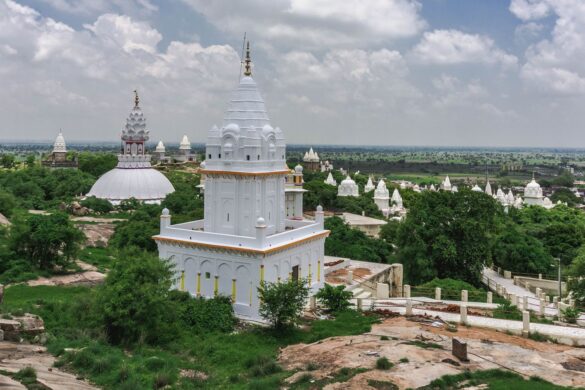
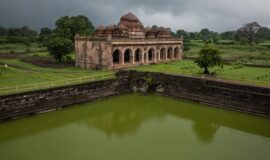
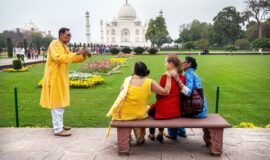

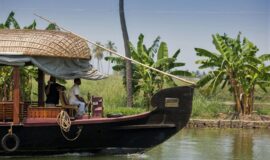
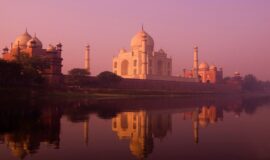
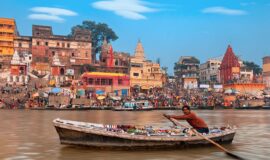
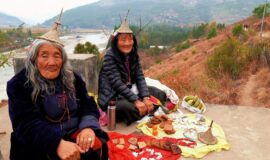
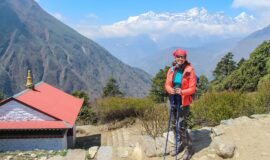

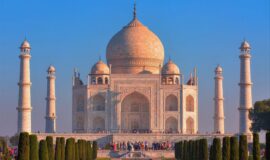
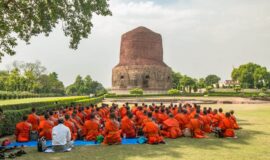
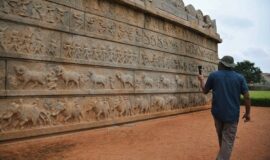
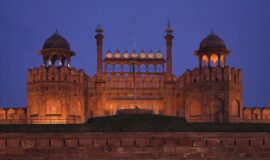

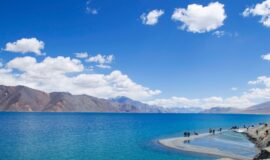

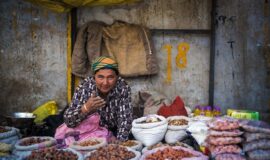
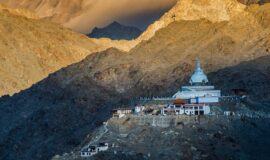
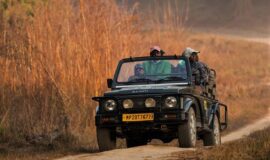

![Golden Triangle Tour with Goa [Culture + Beach Vacation] (12 days) Golden Triangle Tour with Goa [Culture + Beach Vacation] (12 days)](https://www.vacationindia.com/wp-content/uploads/2022/06/golden-triangle-tour-with-beach-vacation-270x160.jpg)
